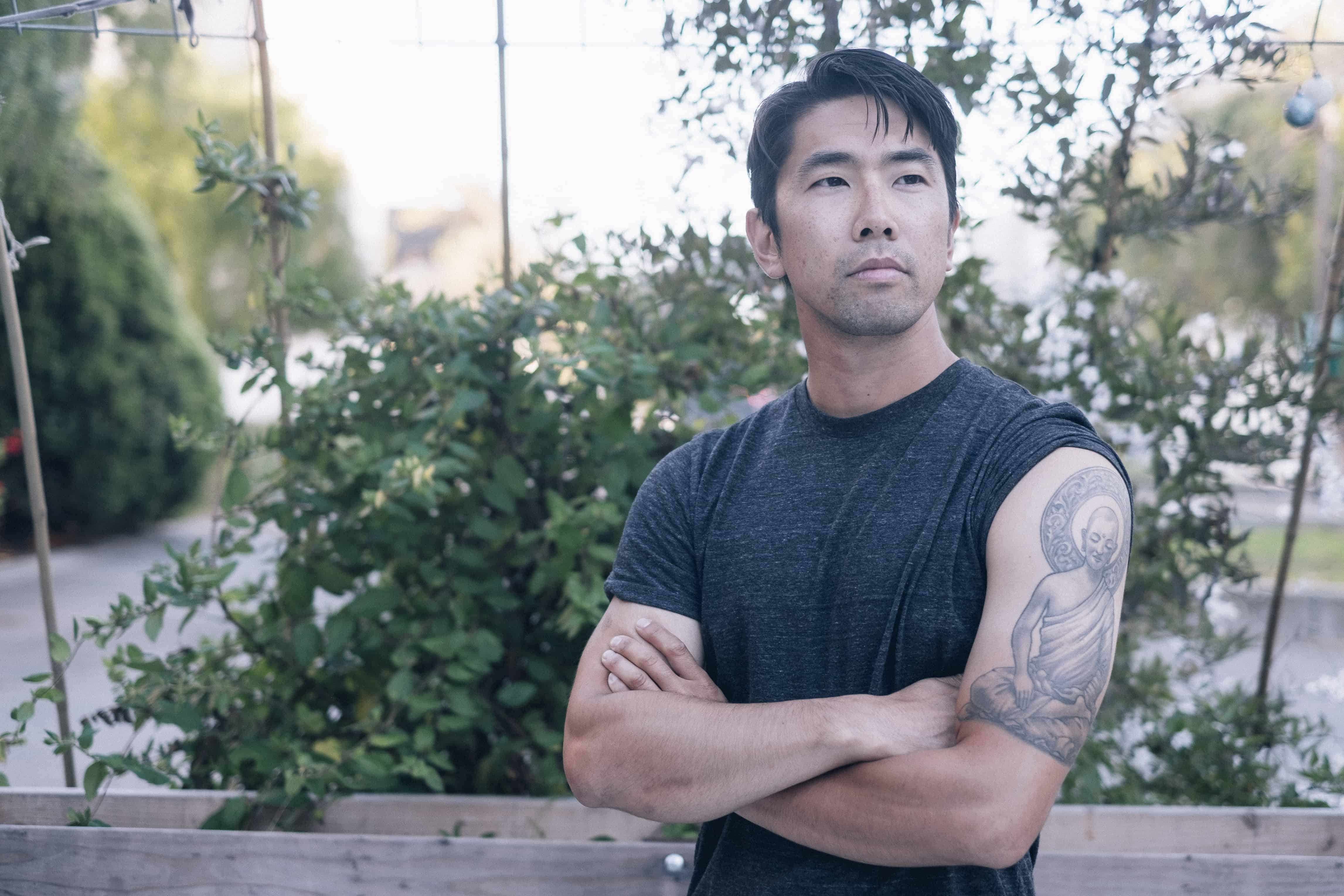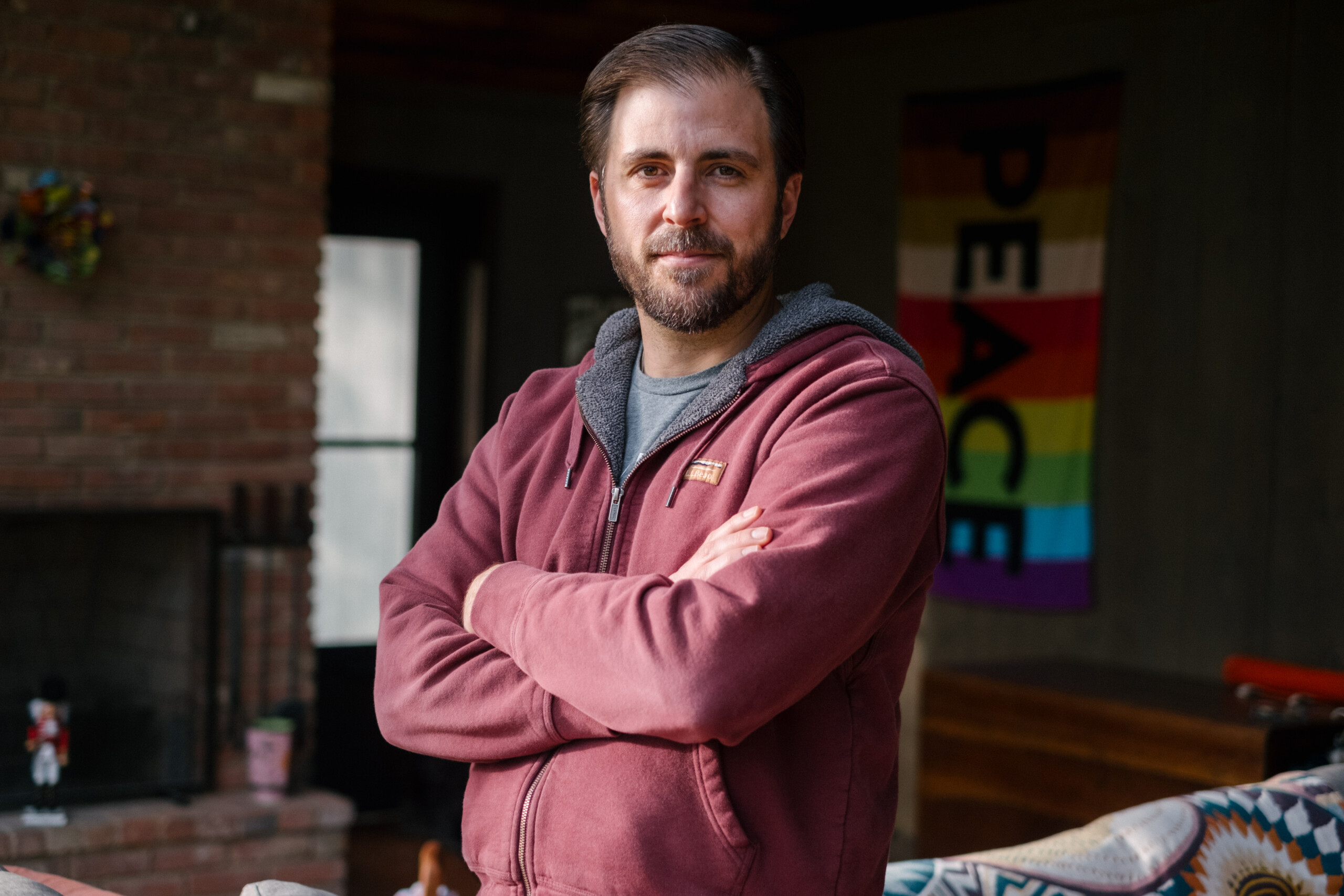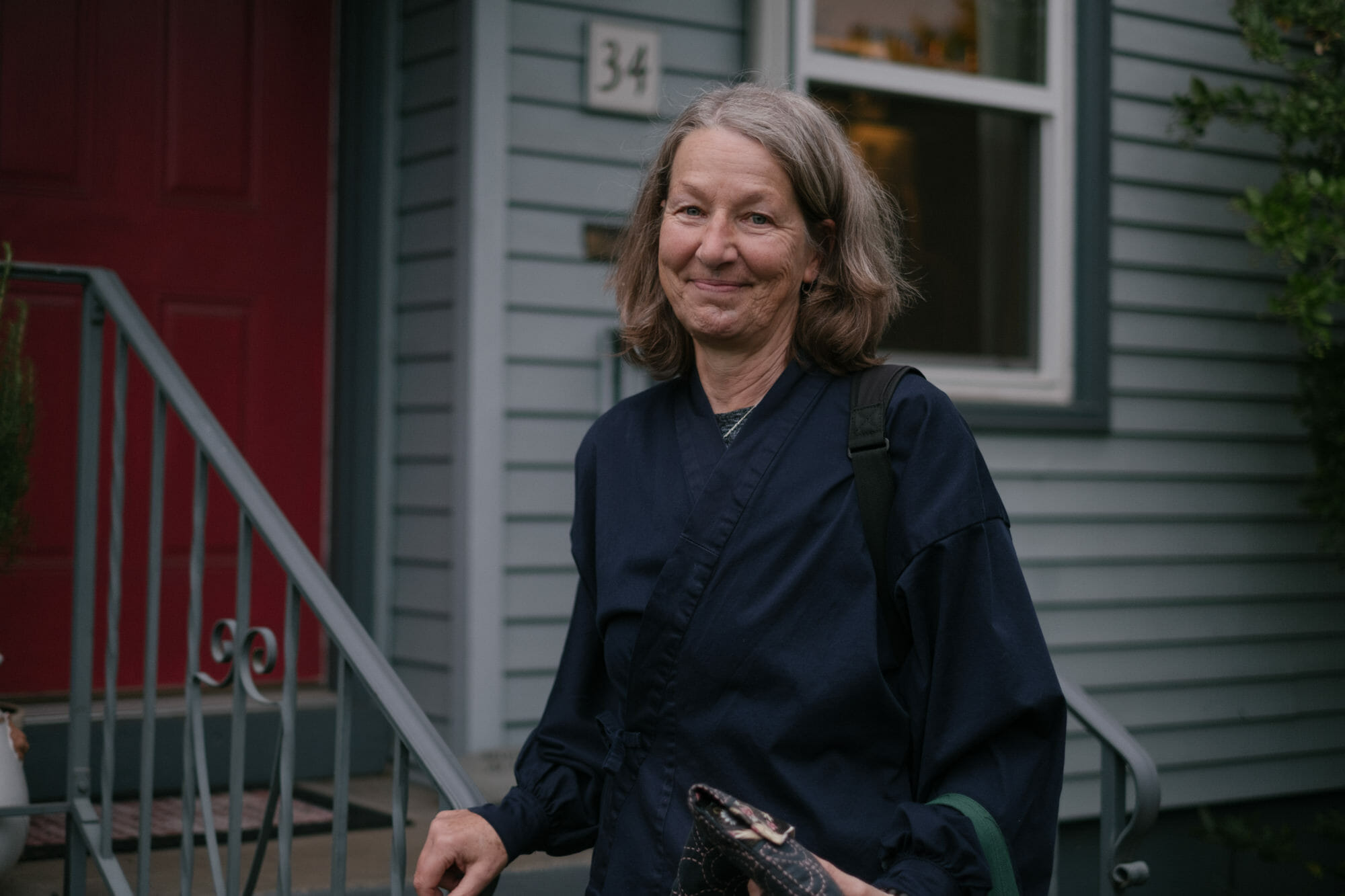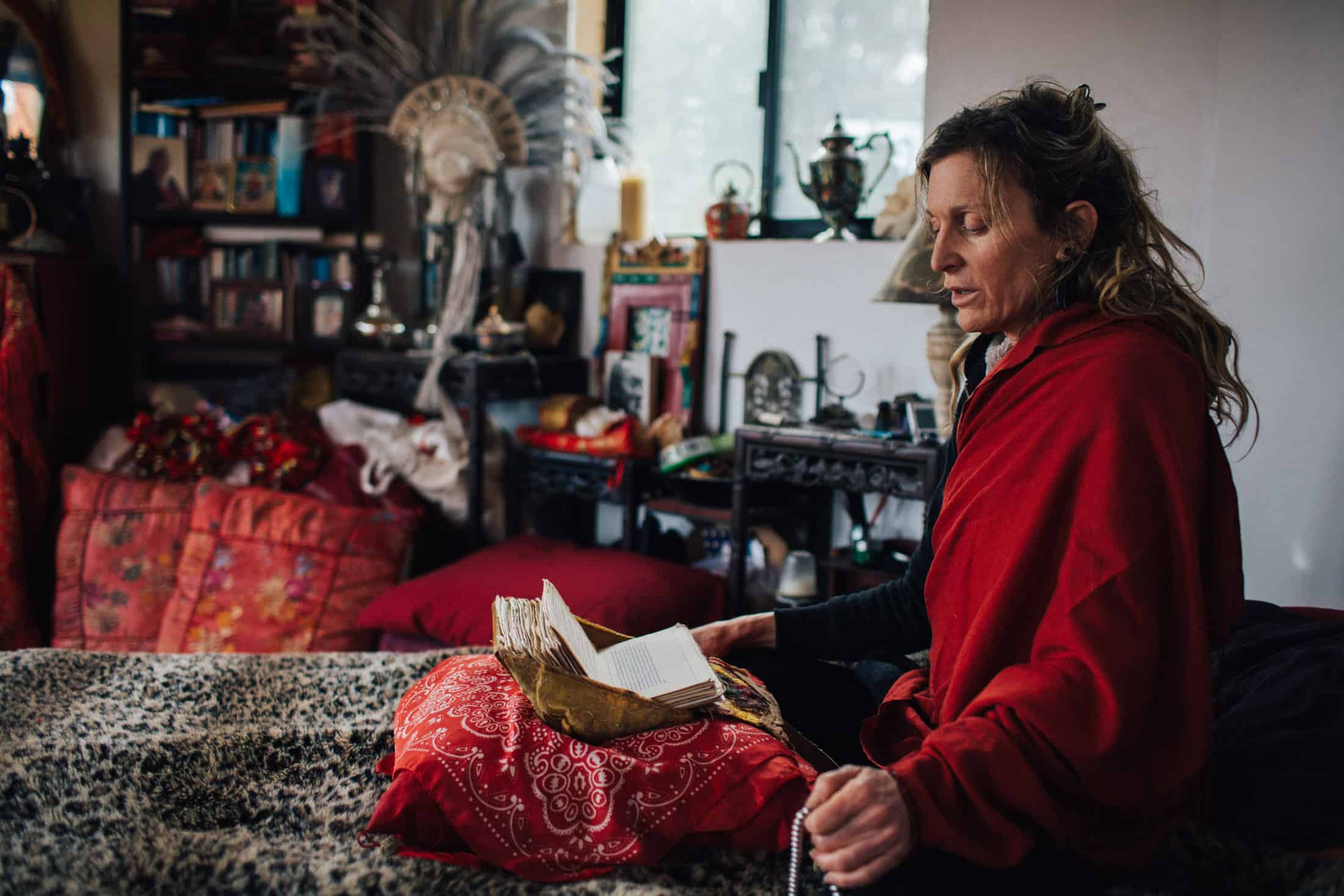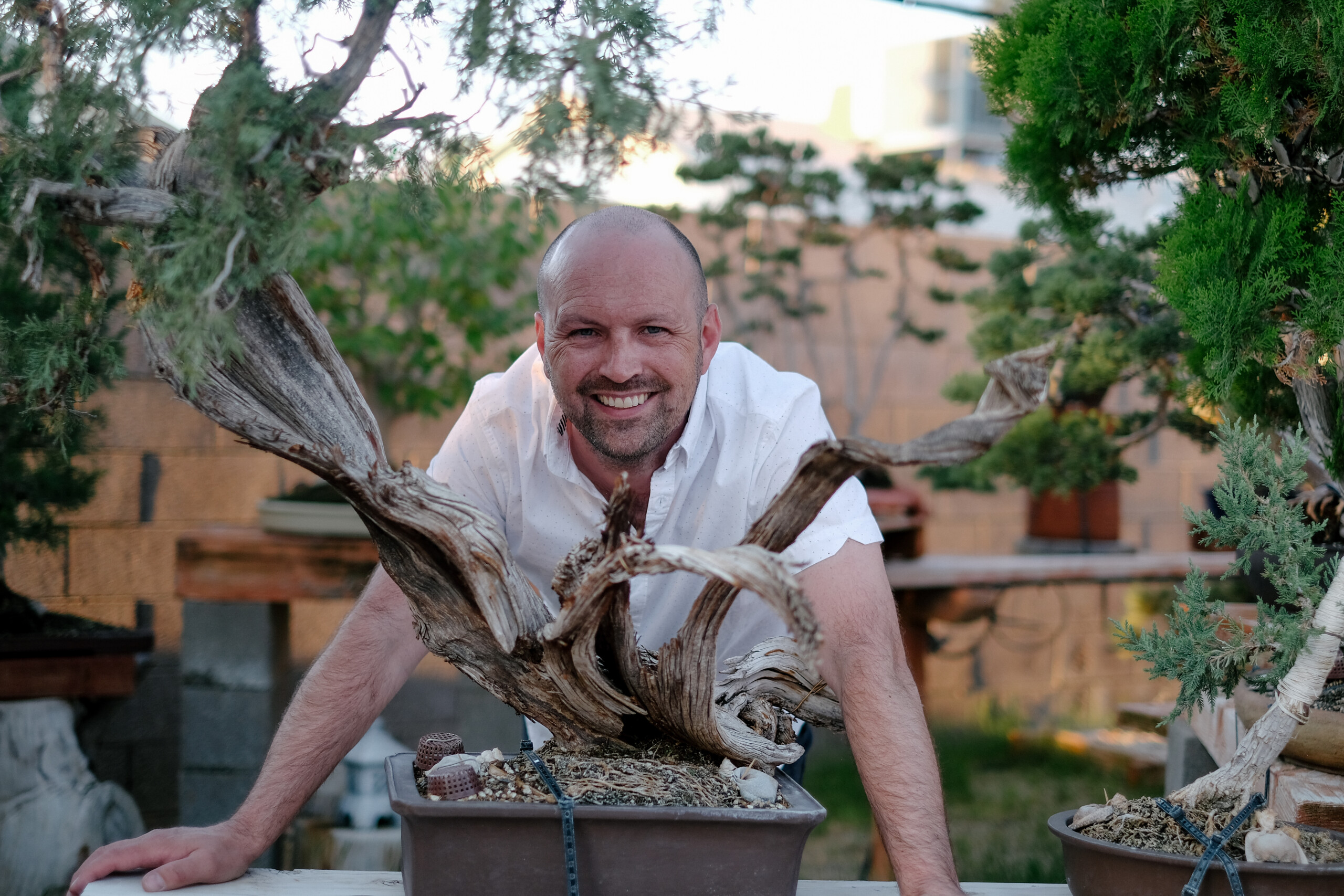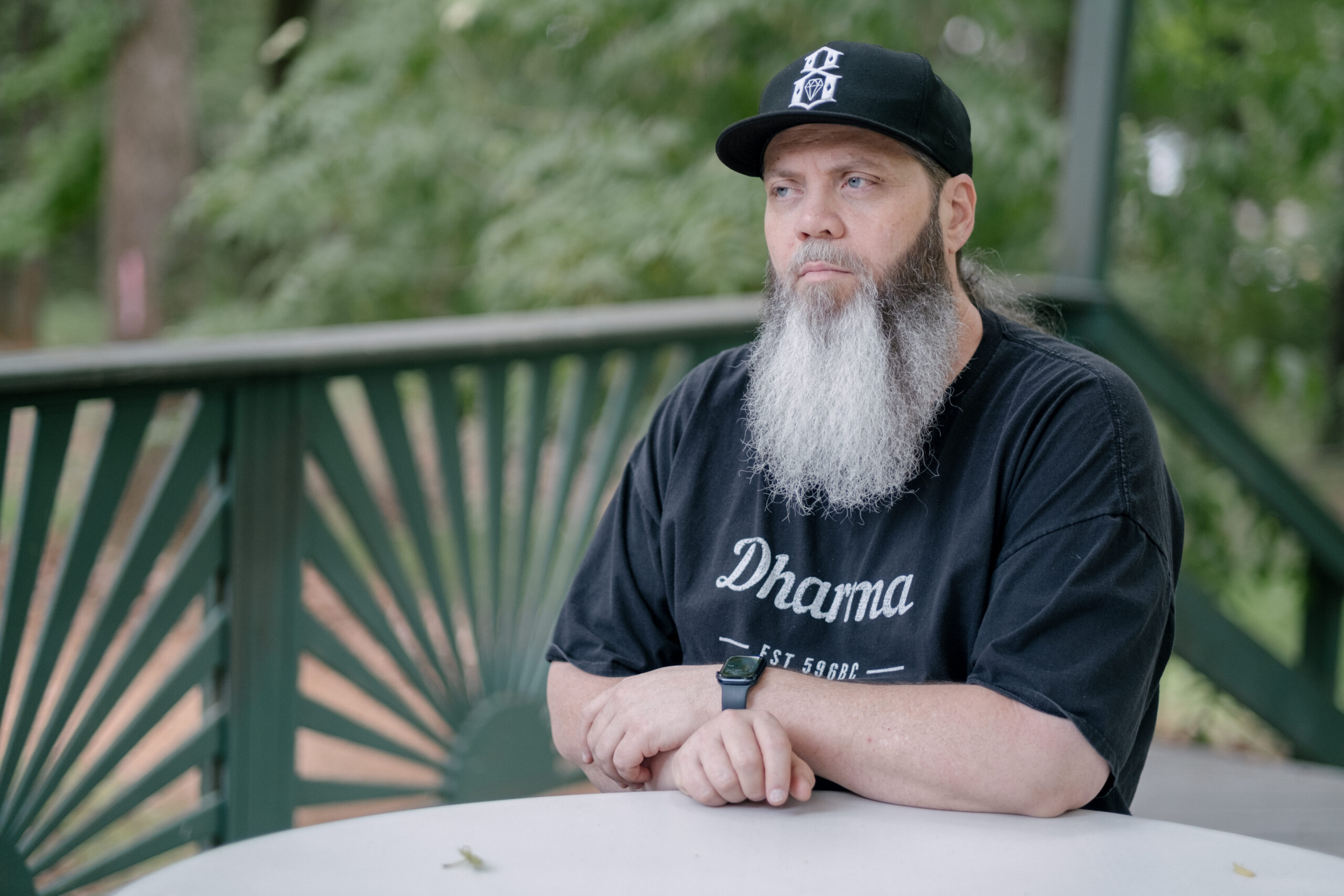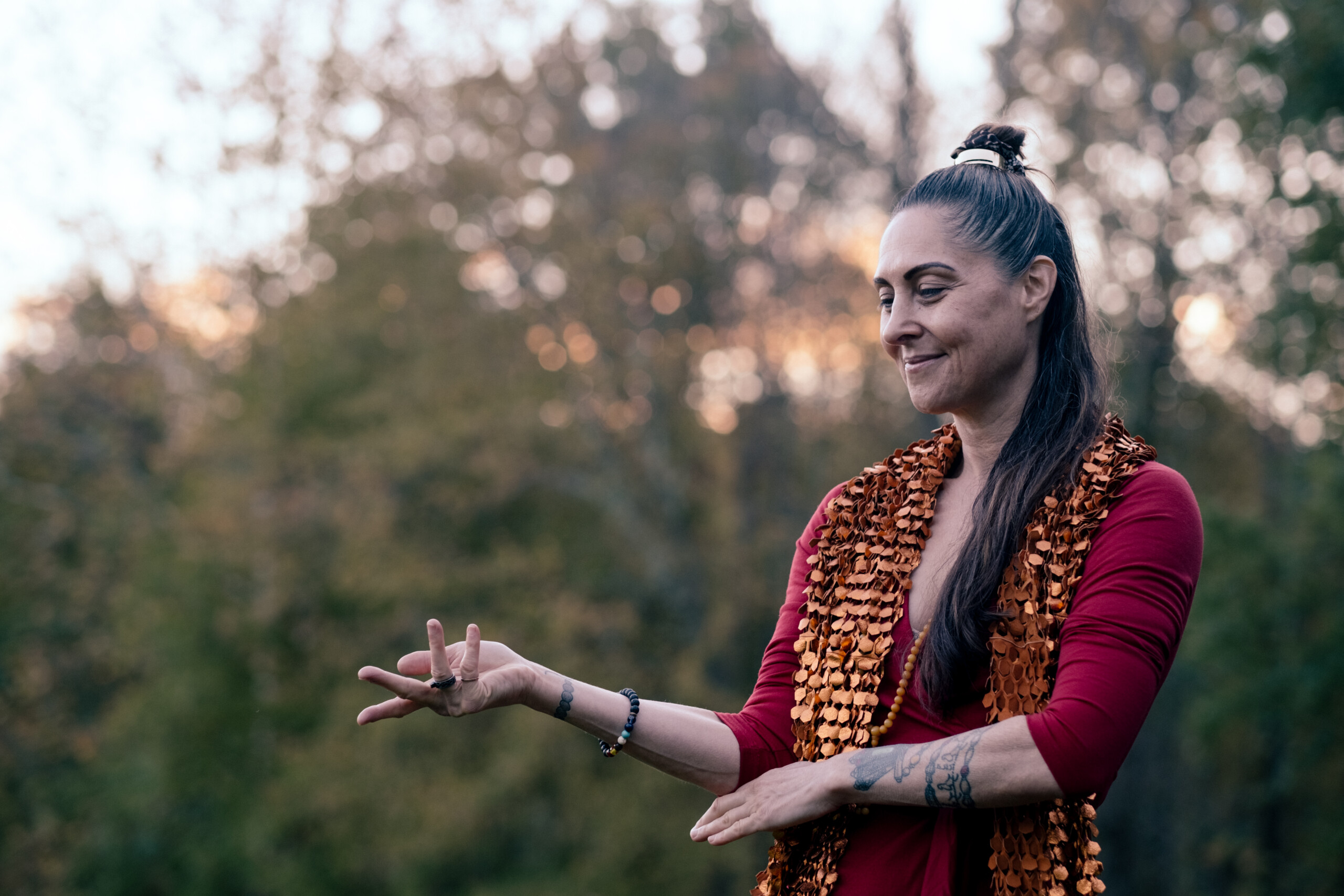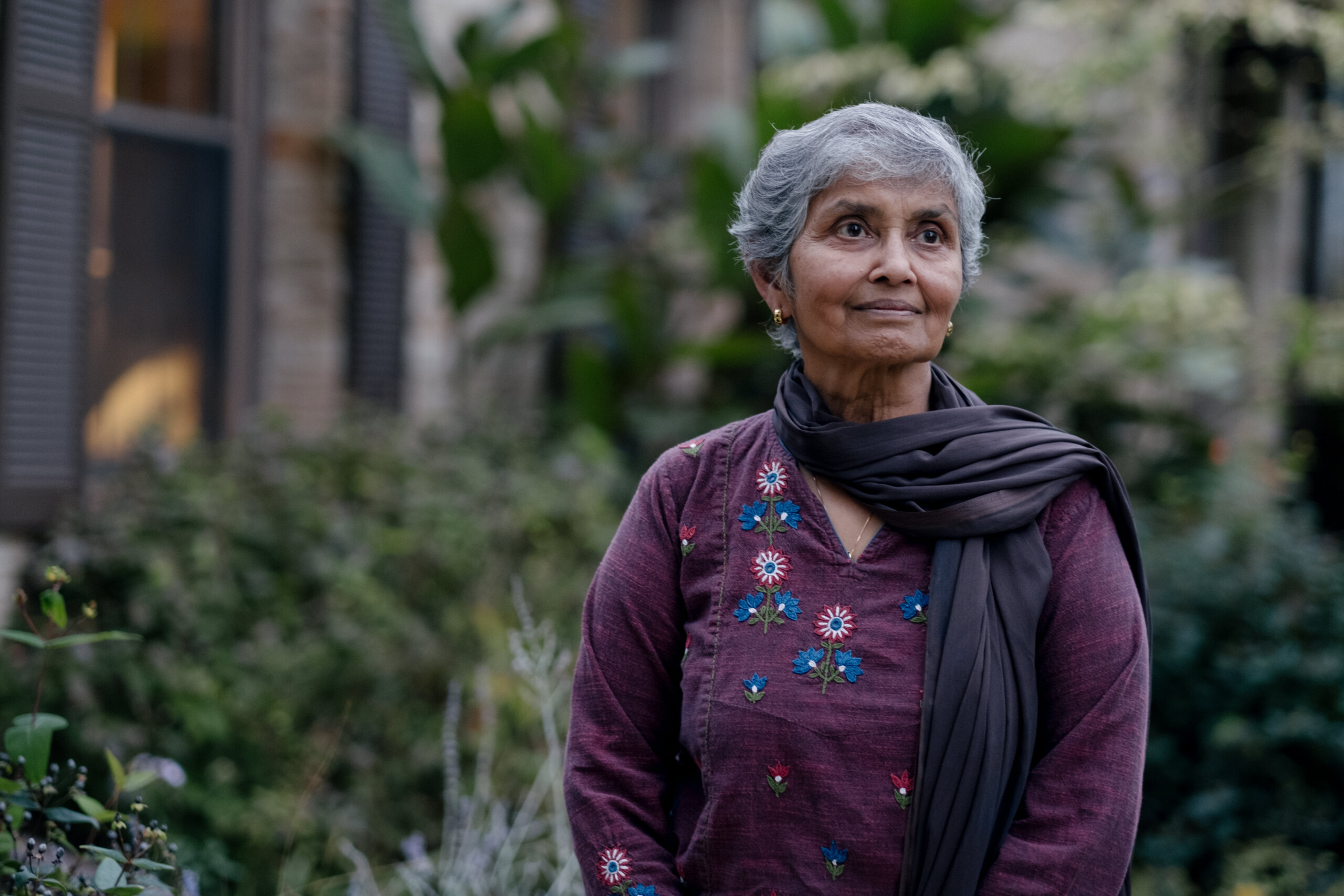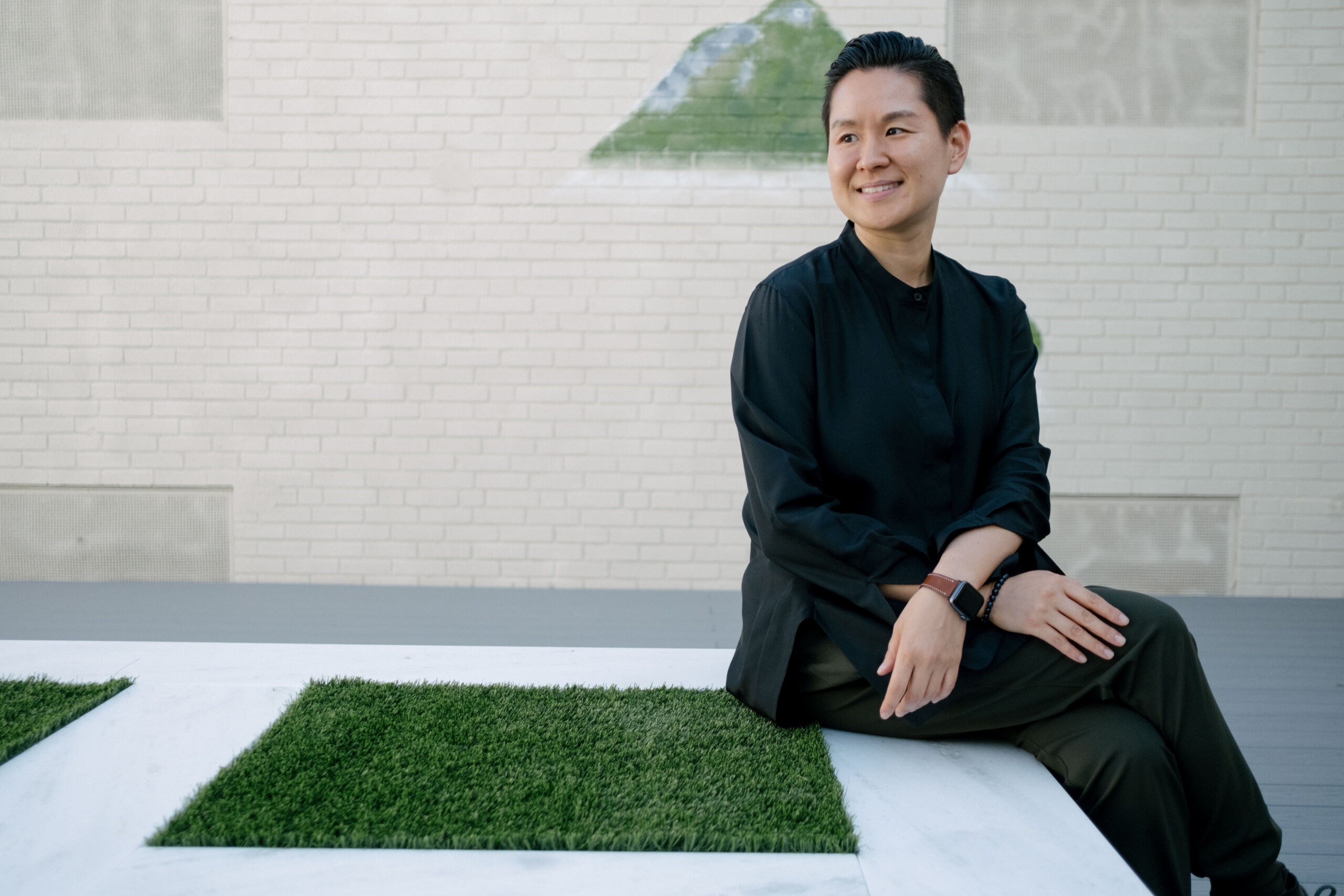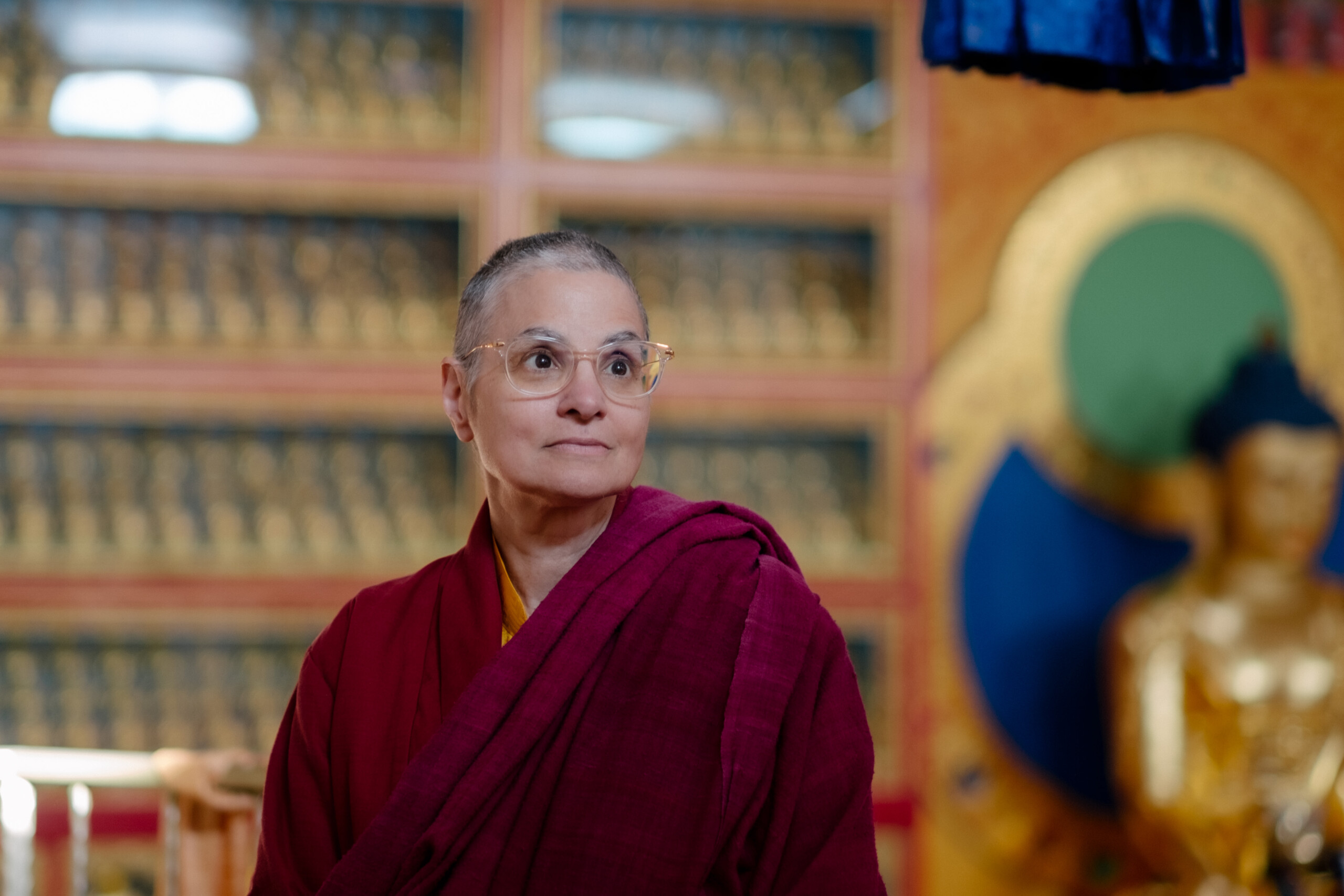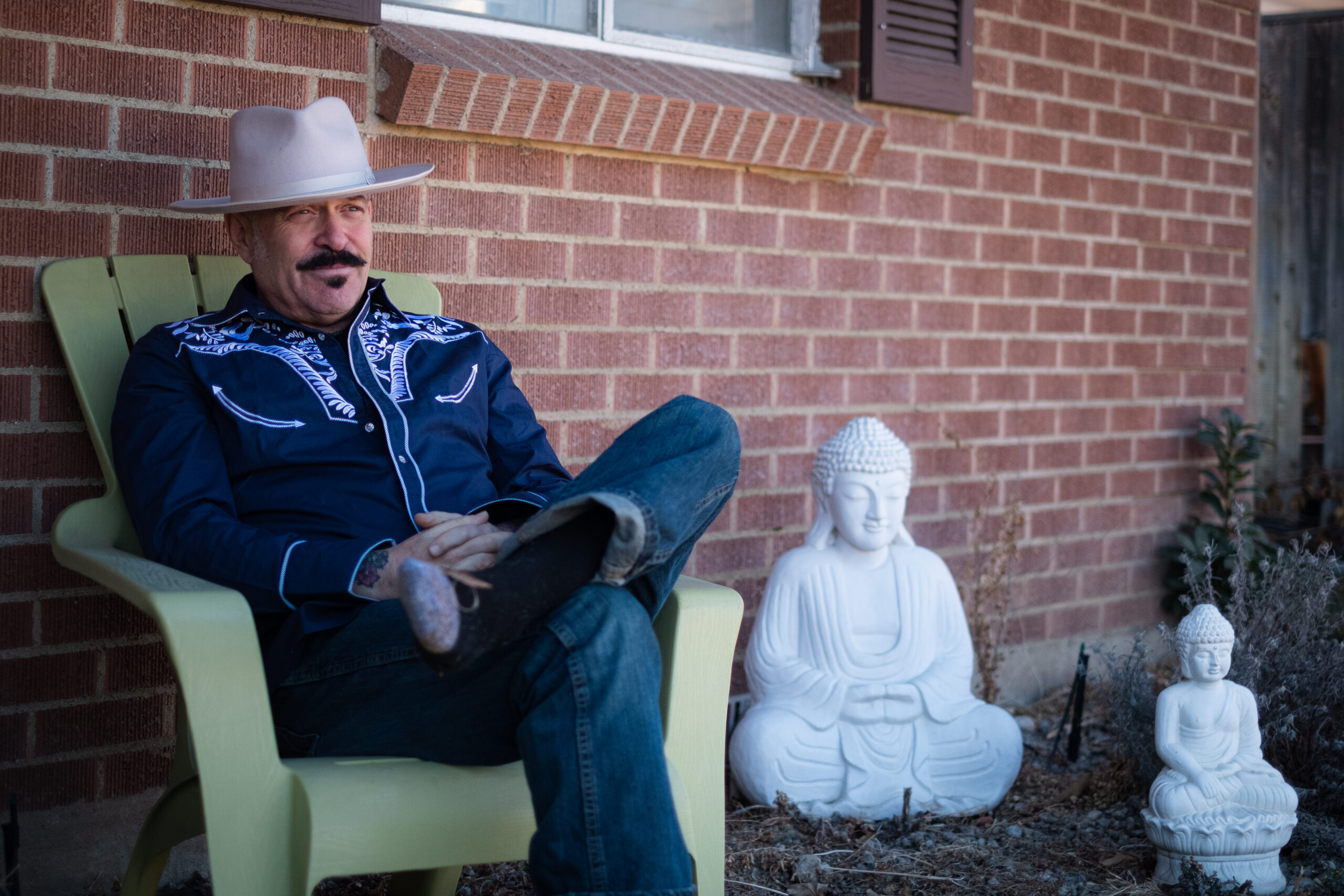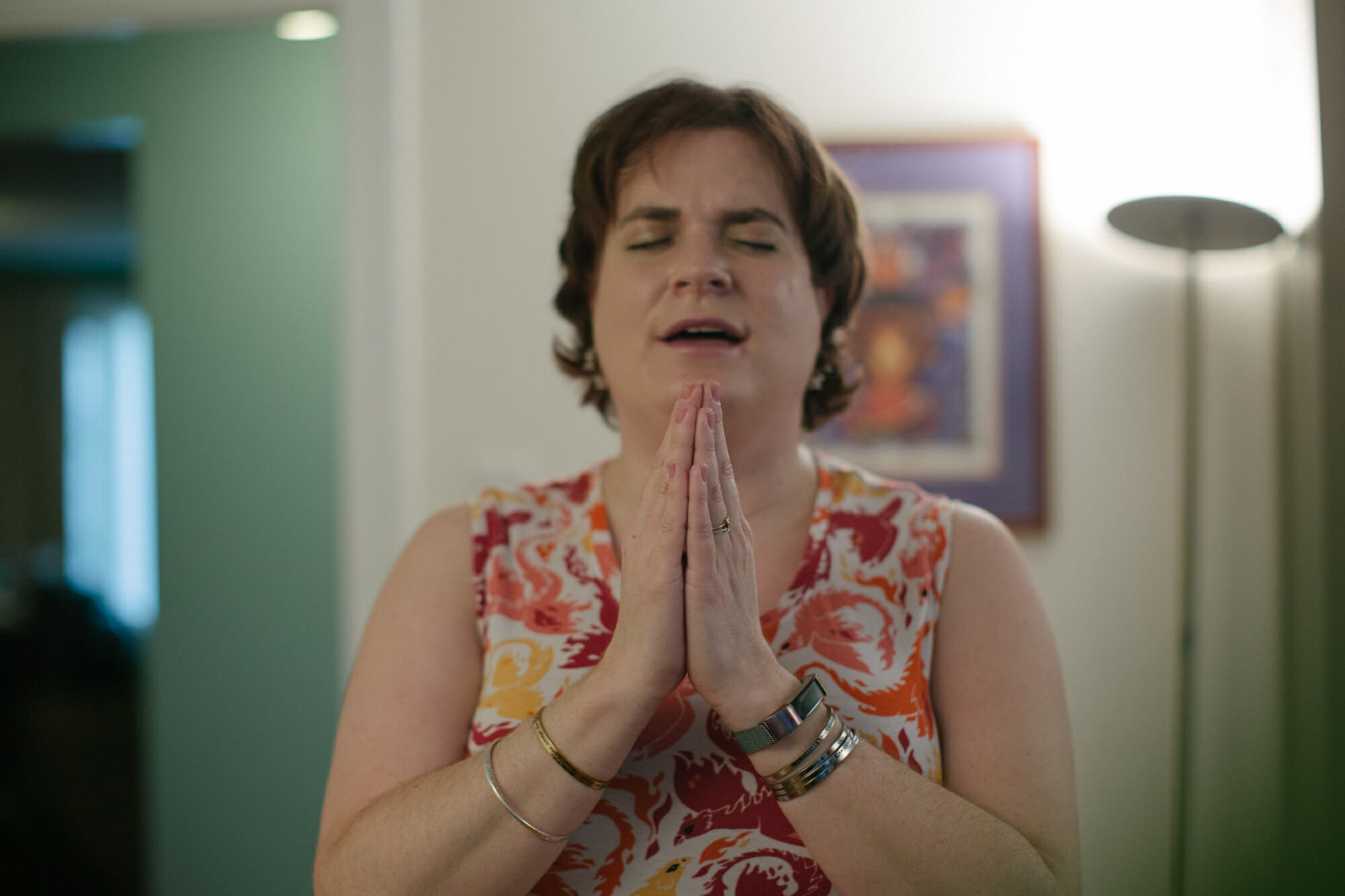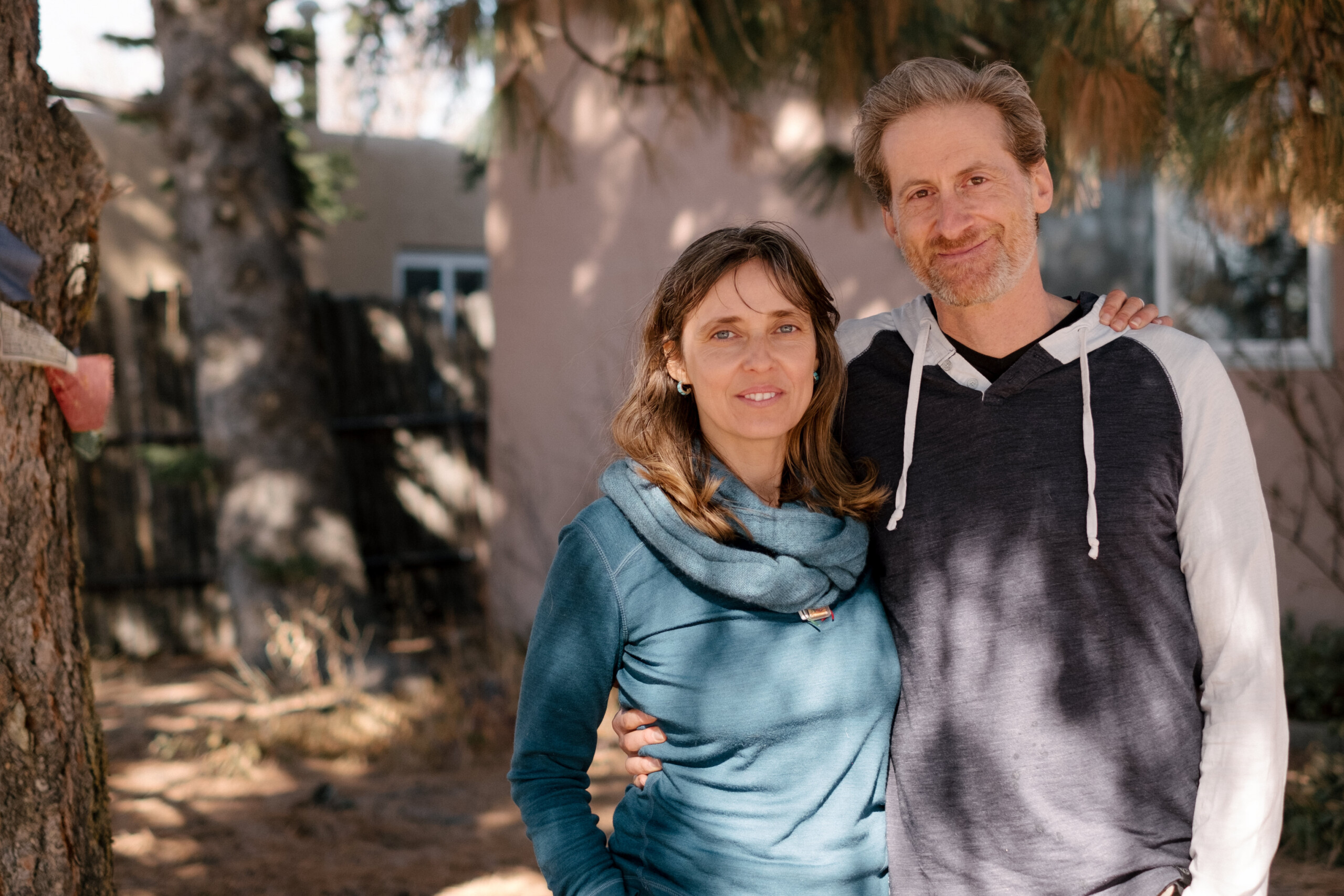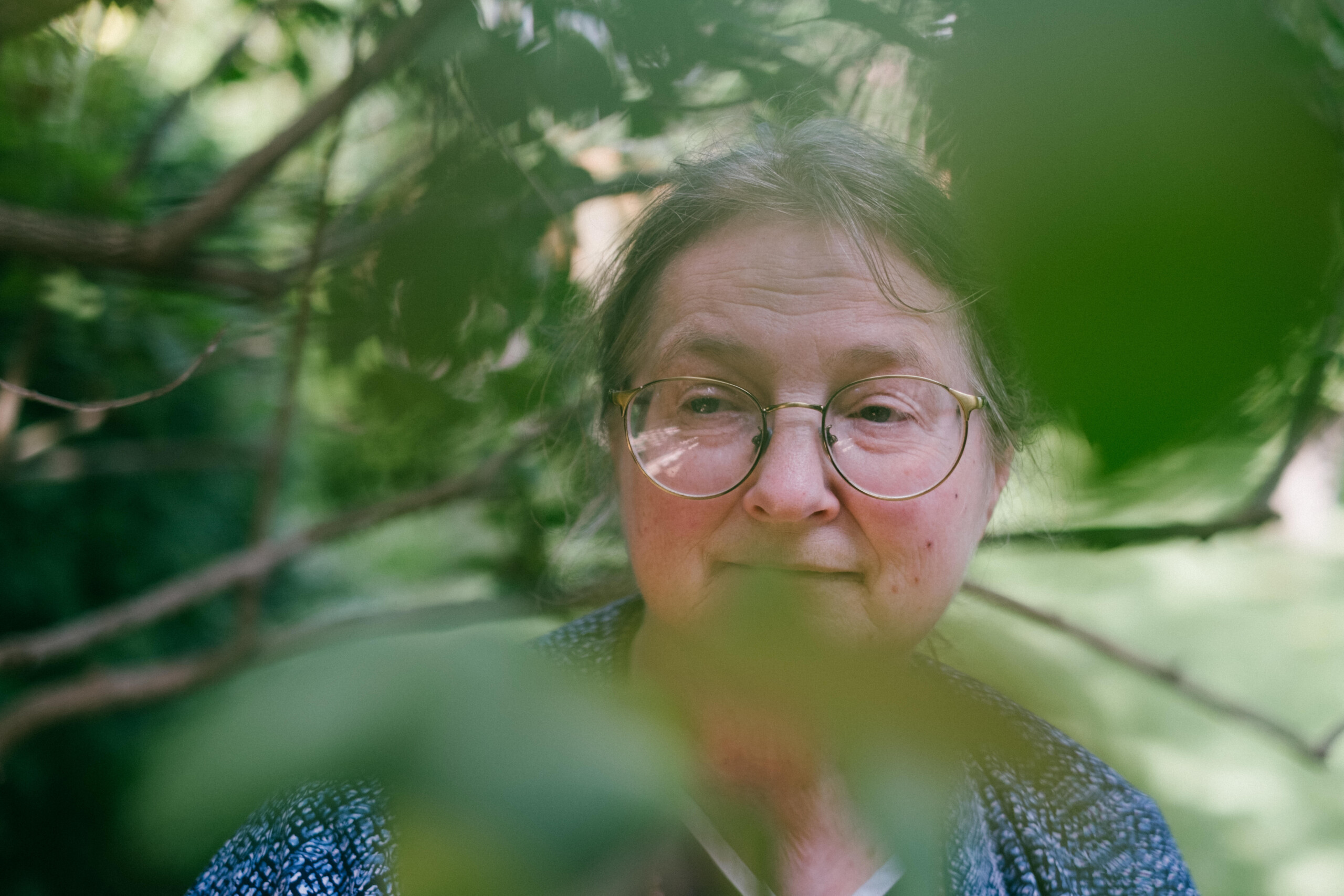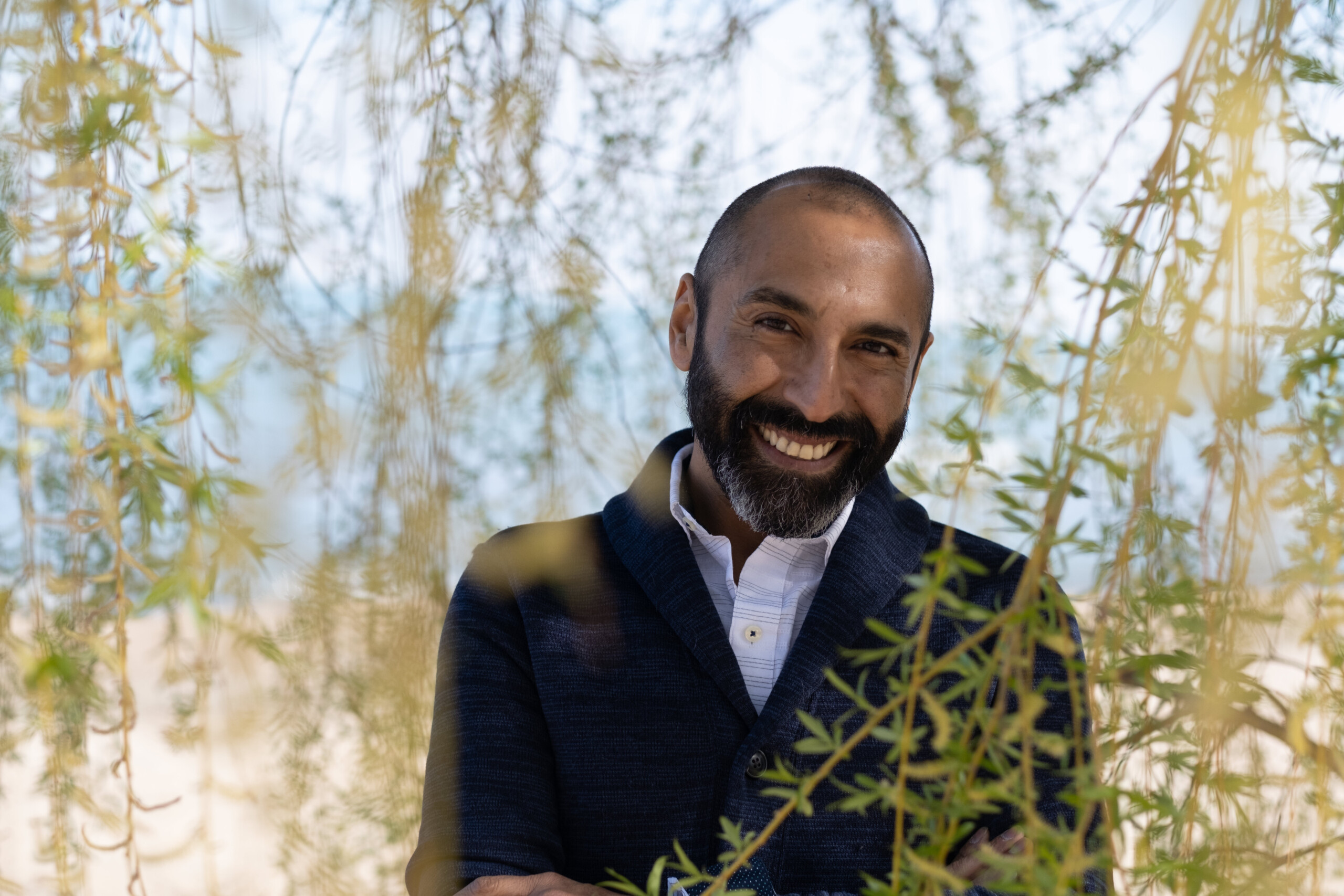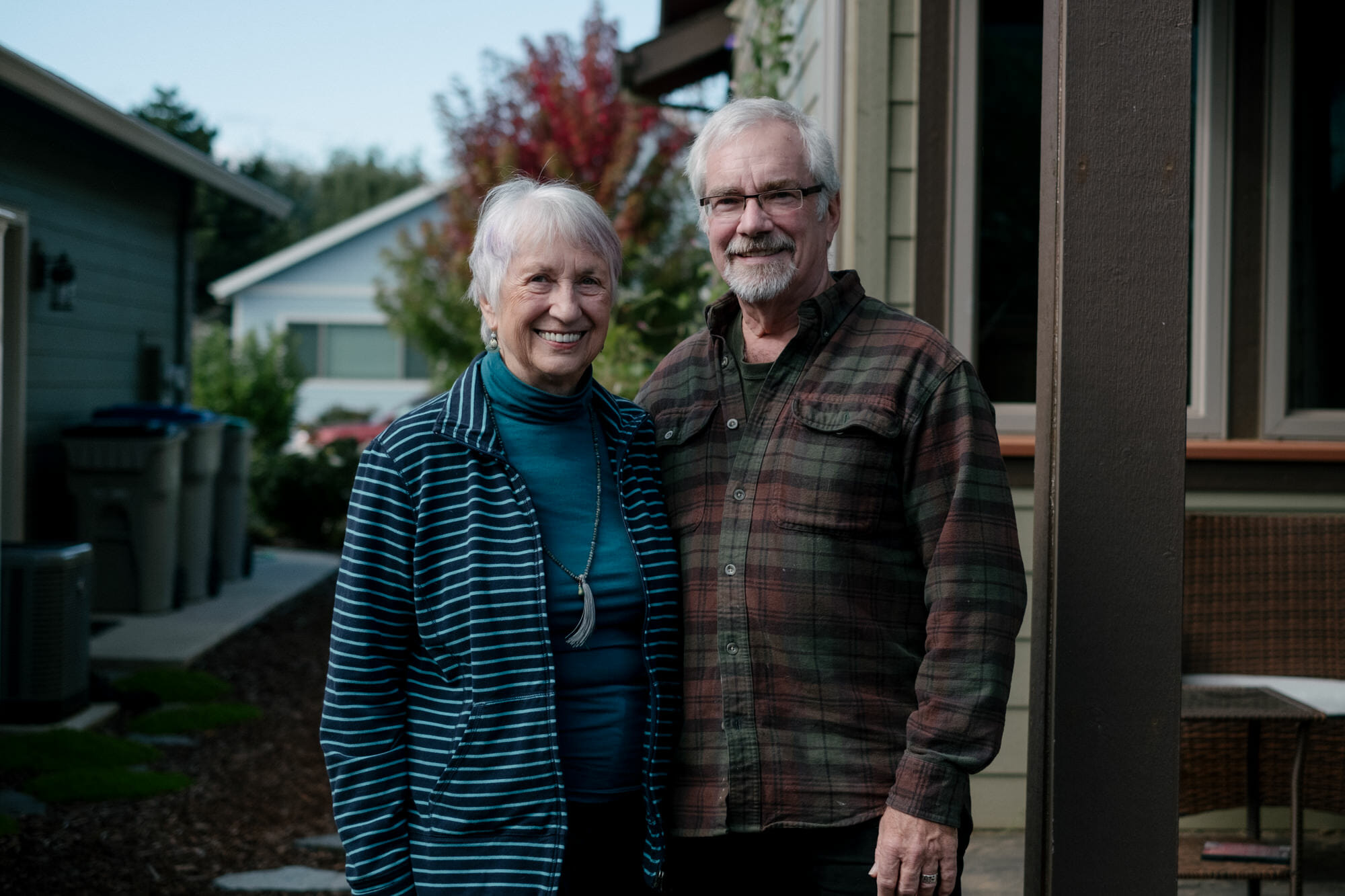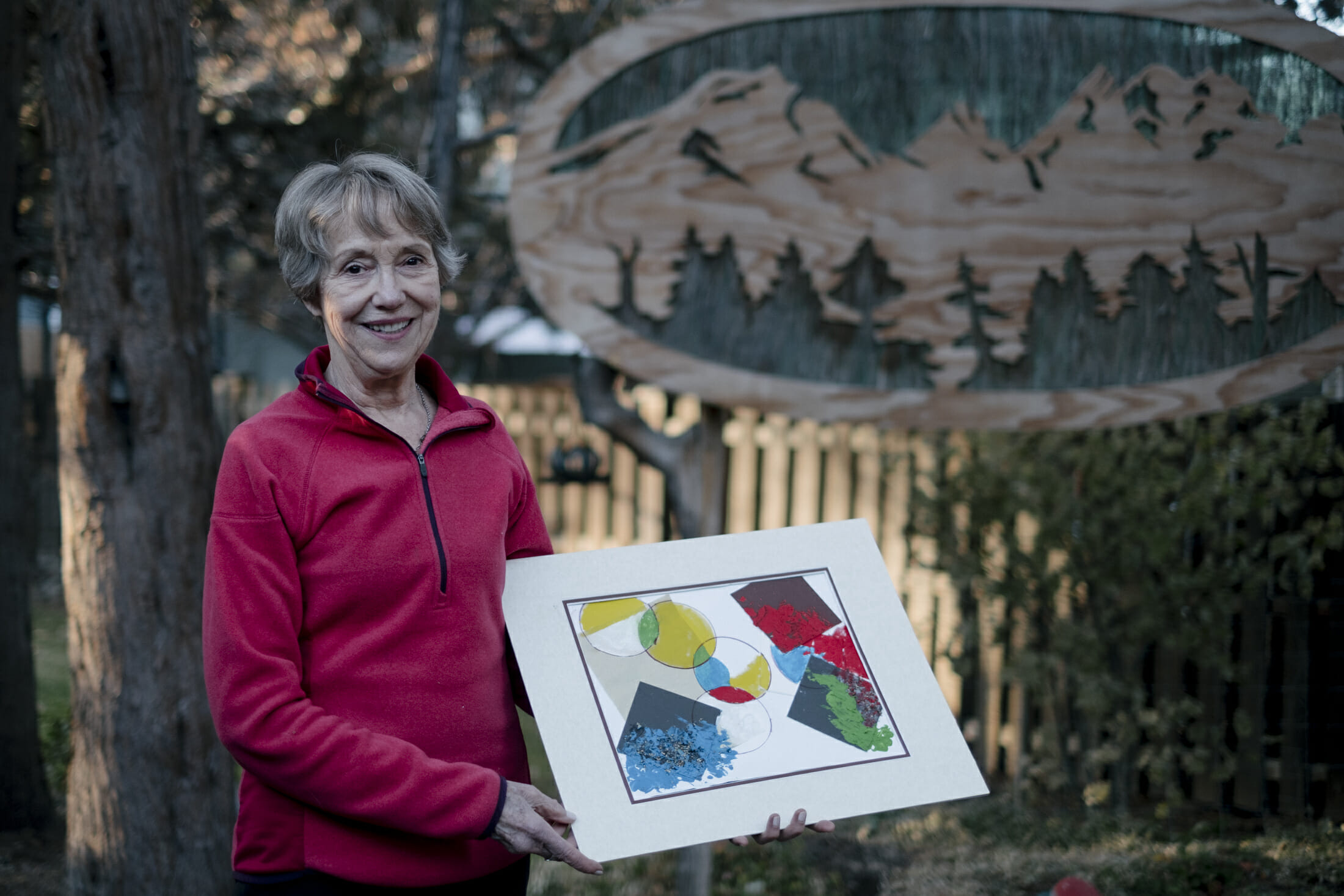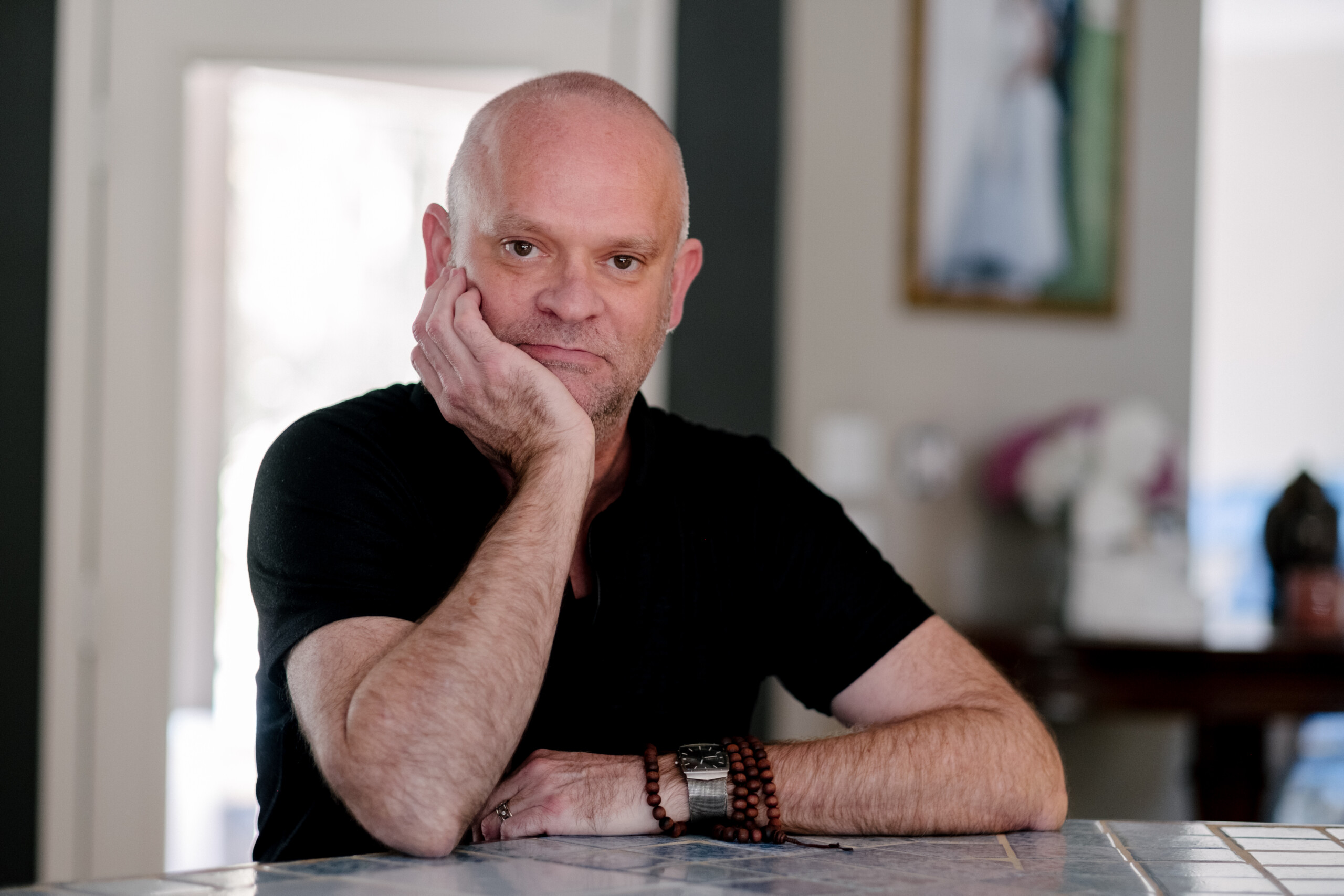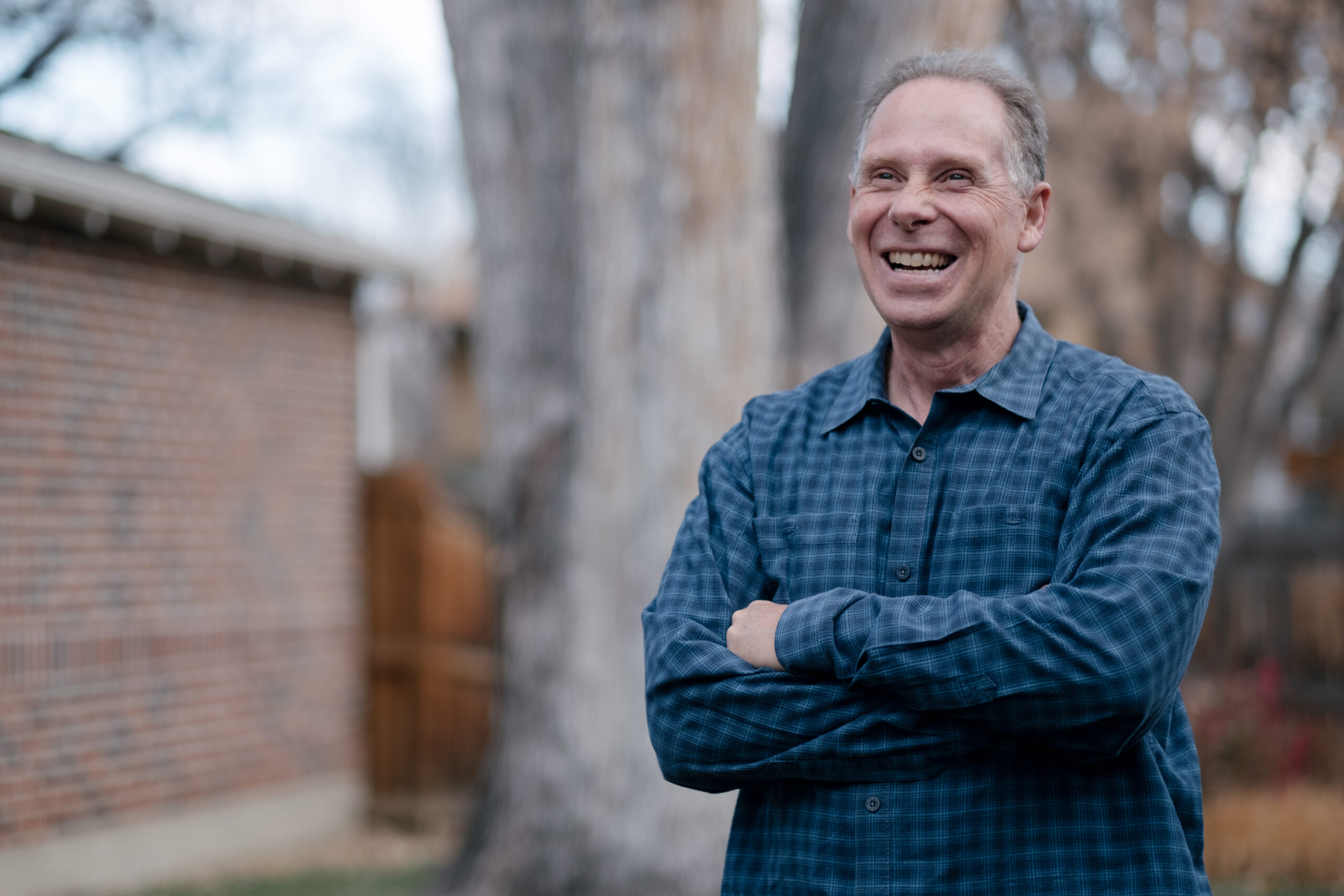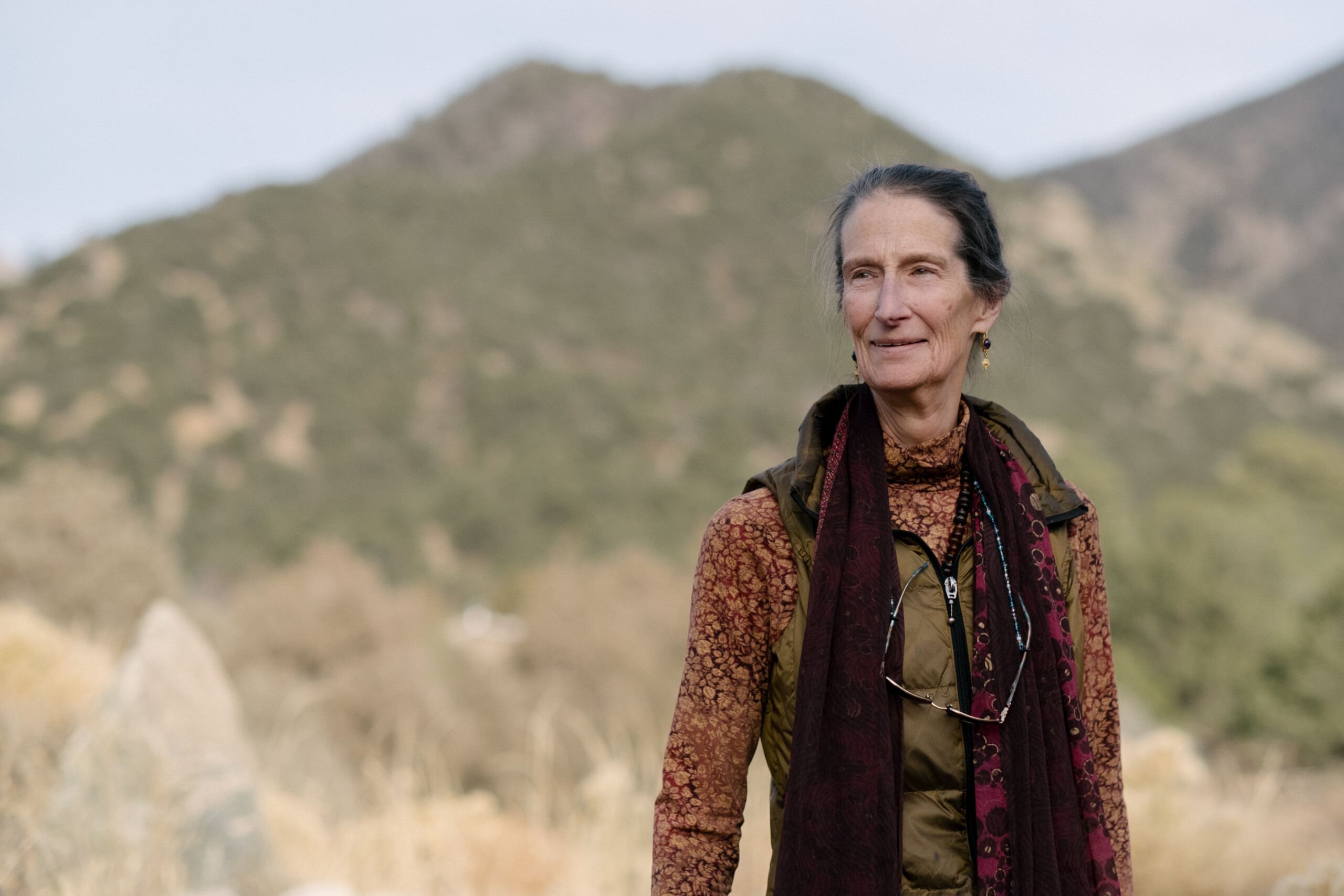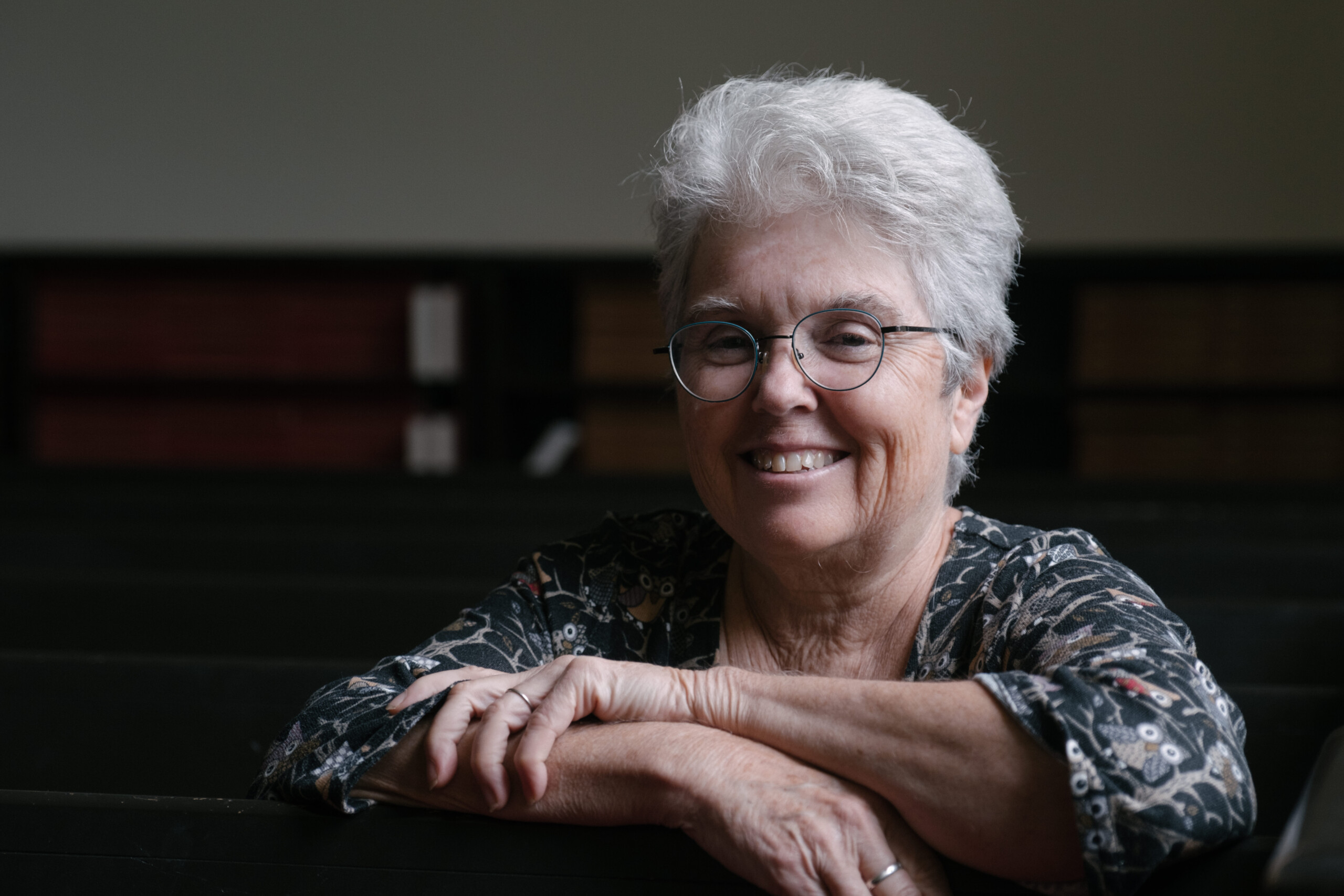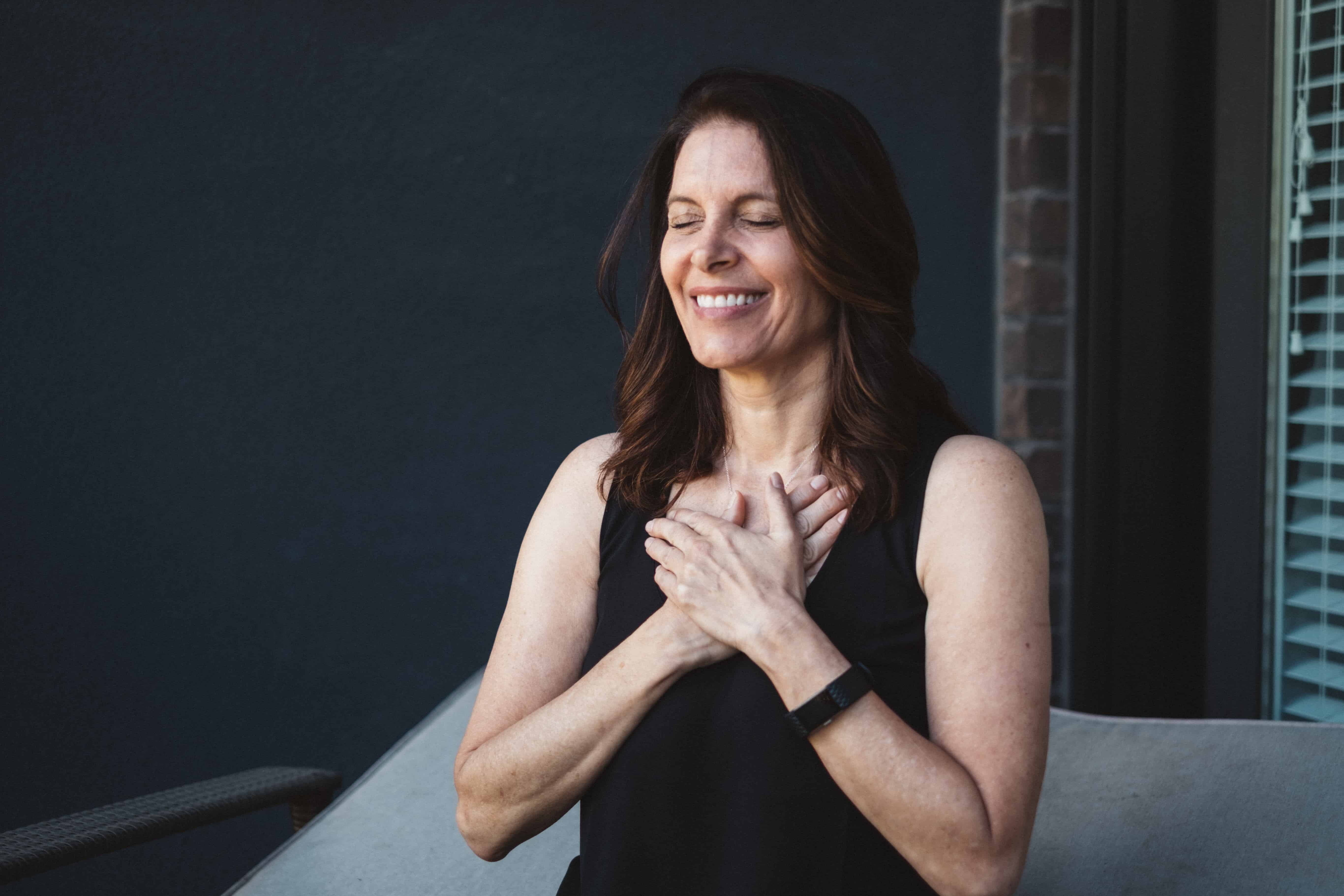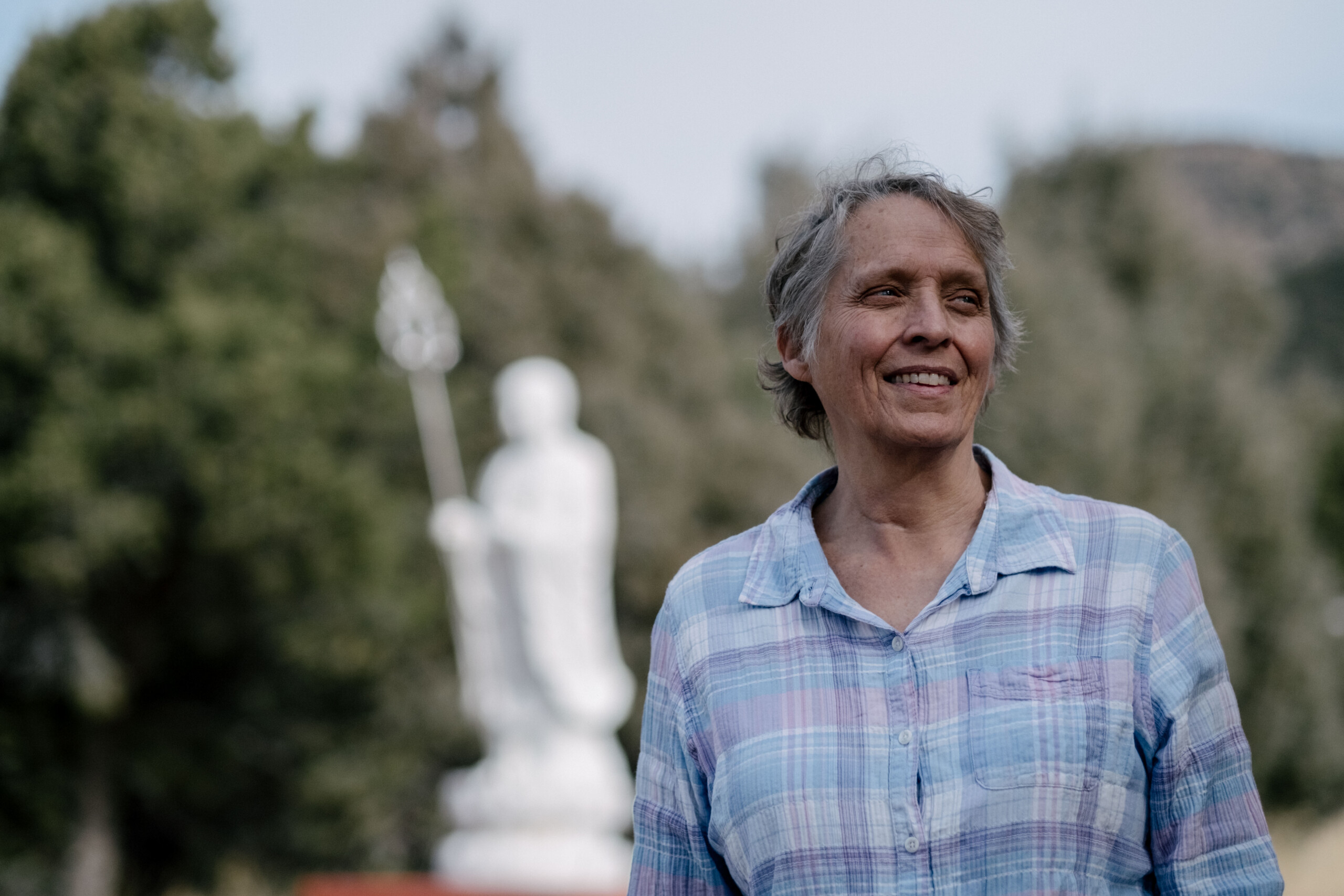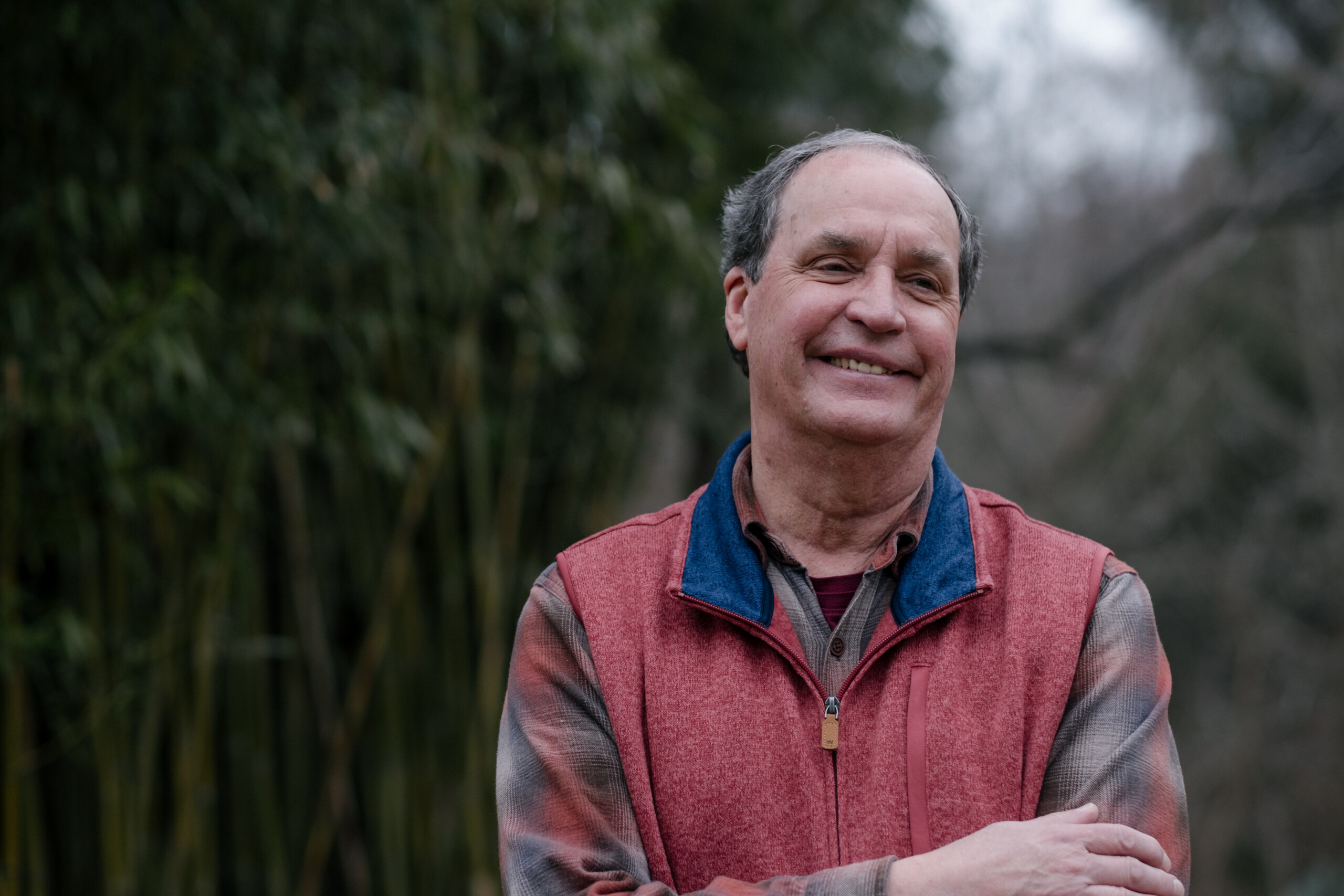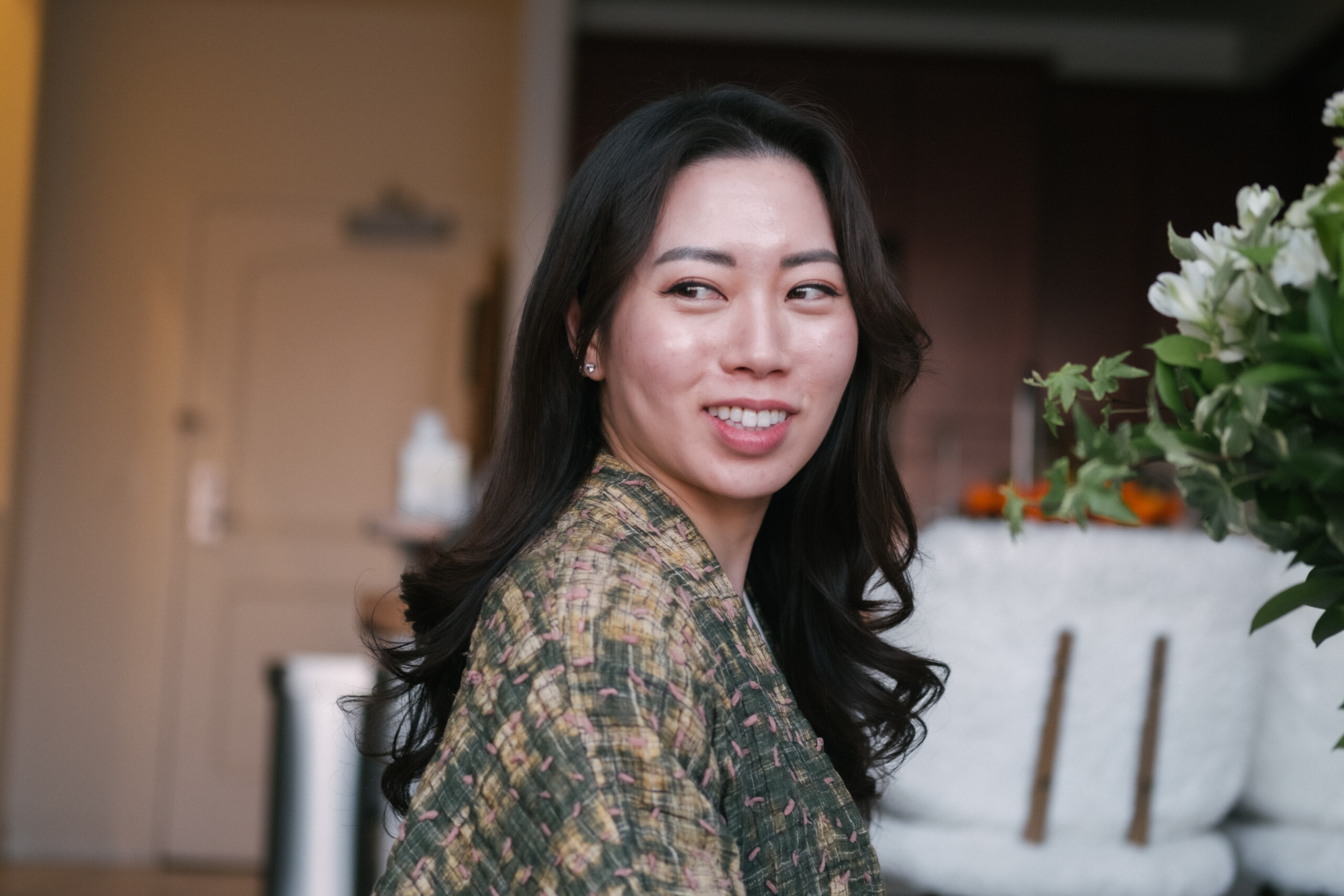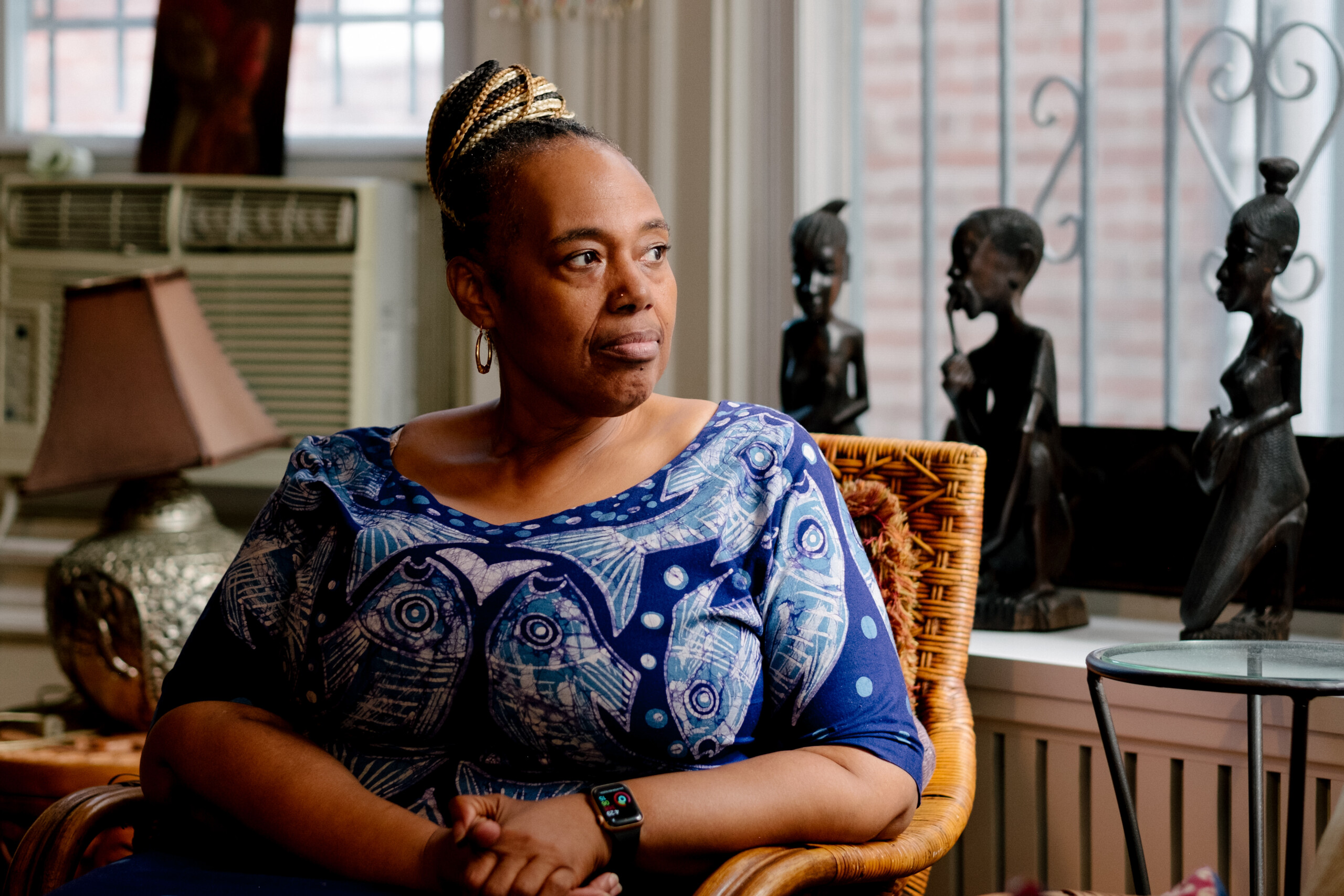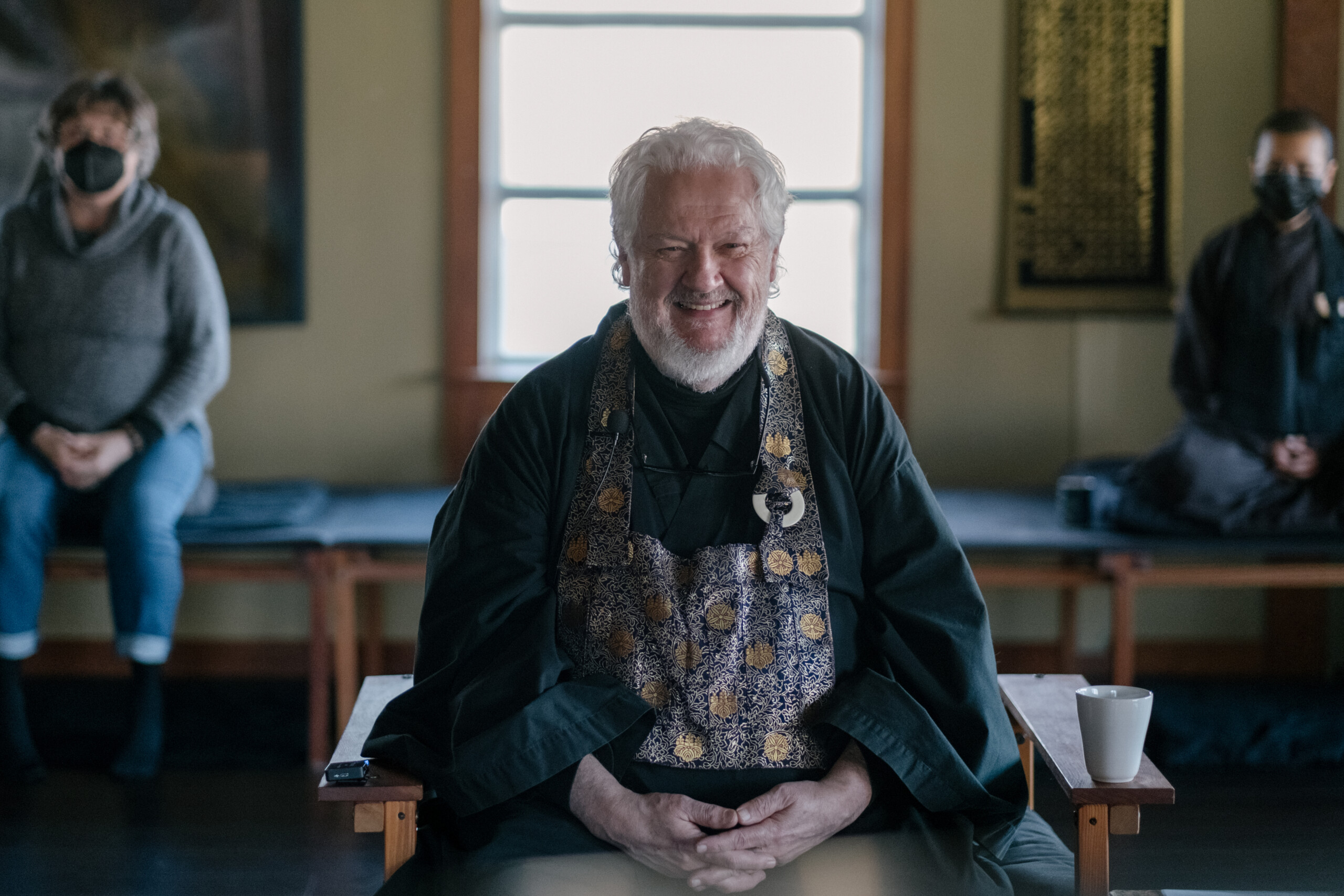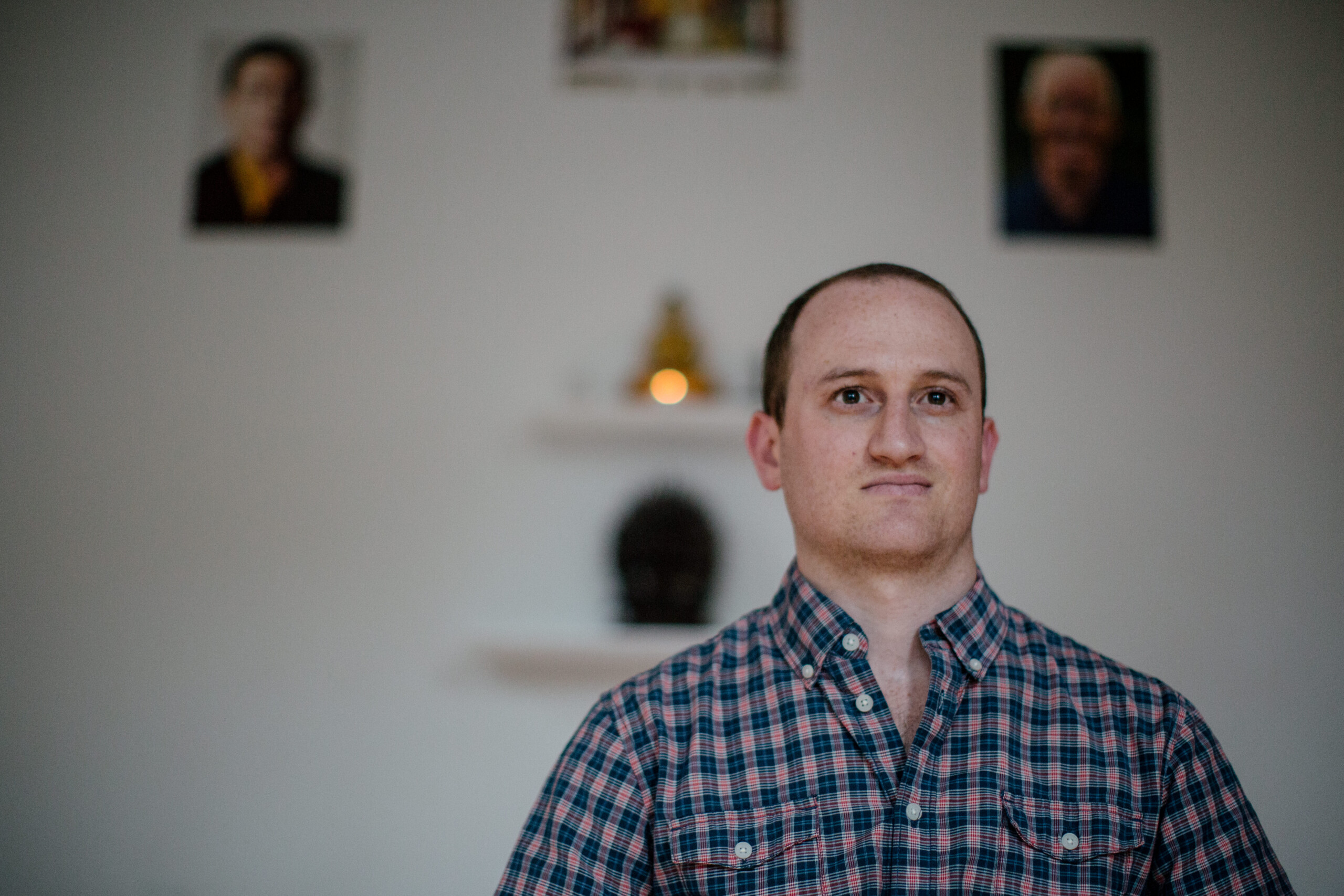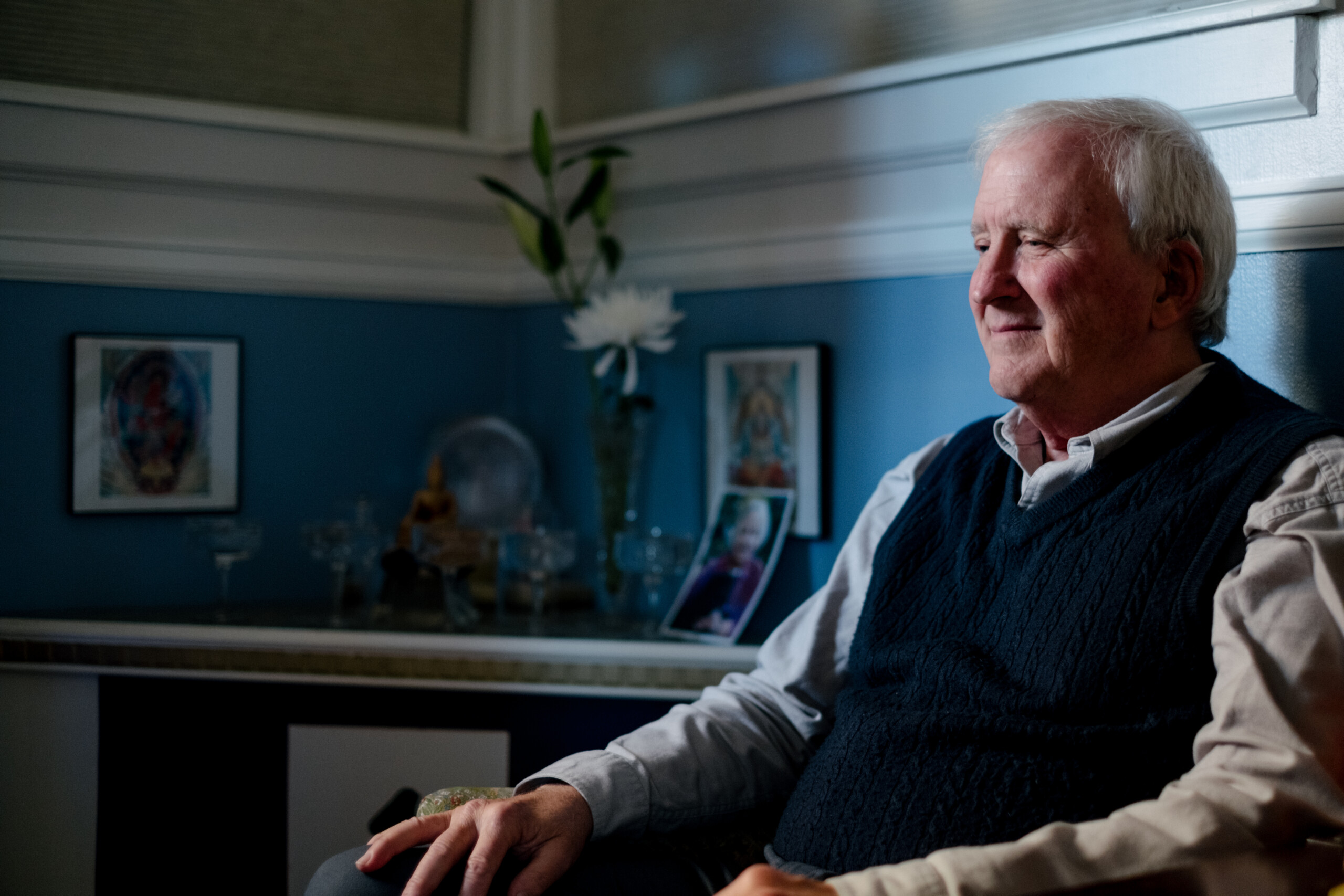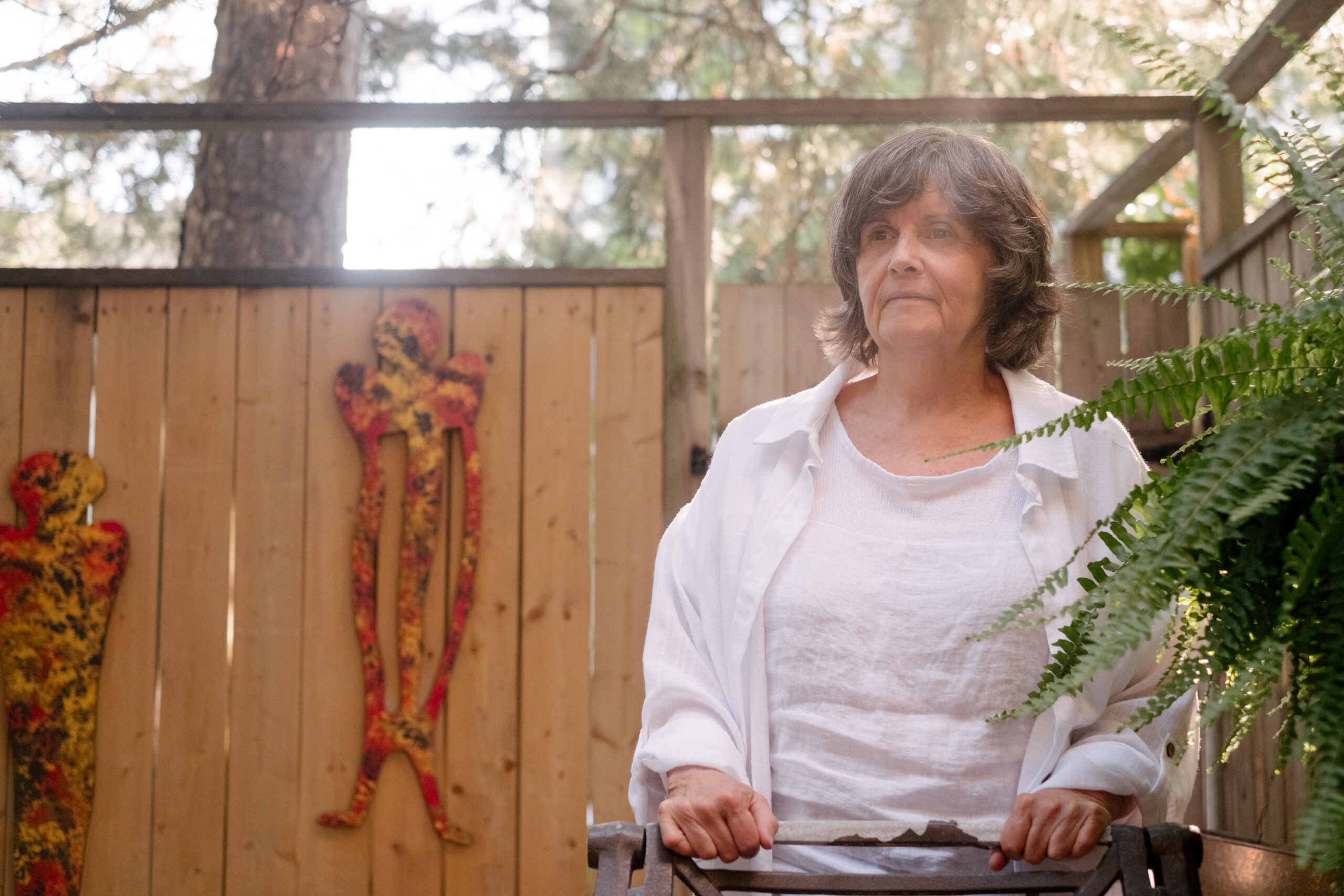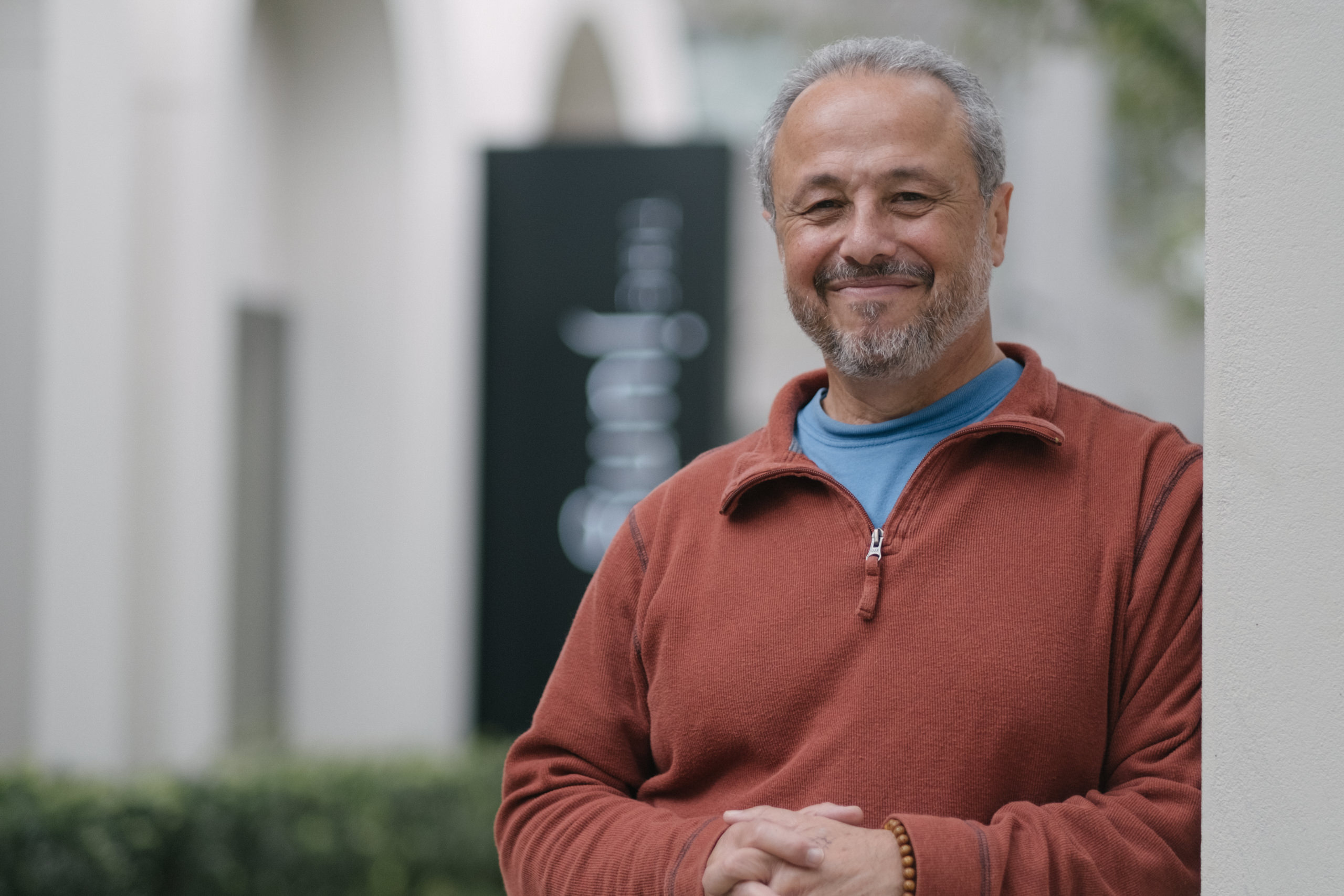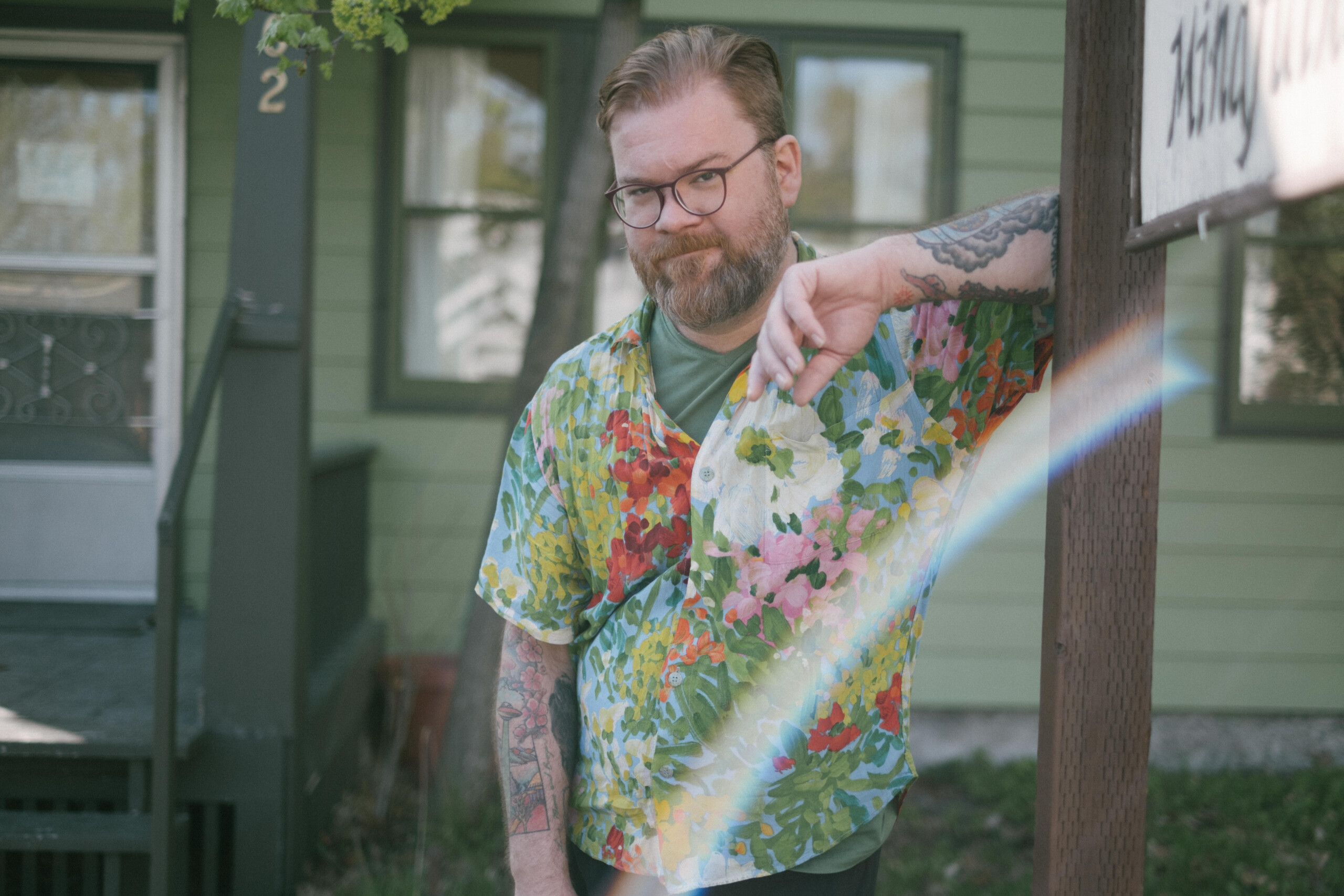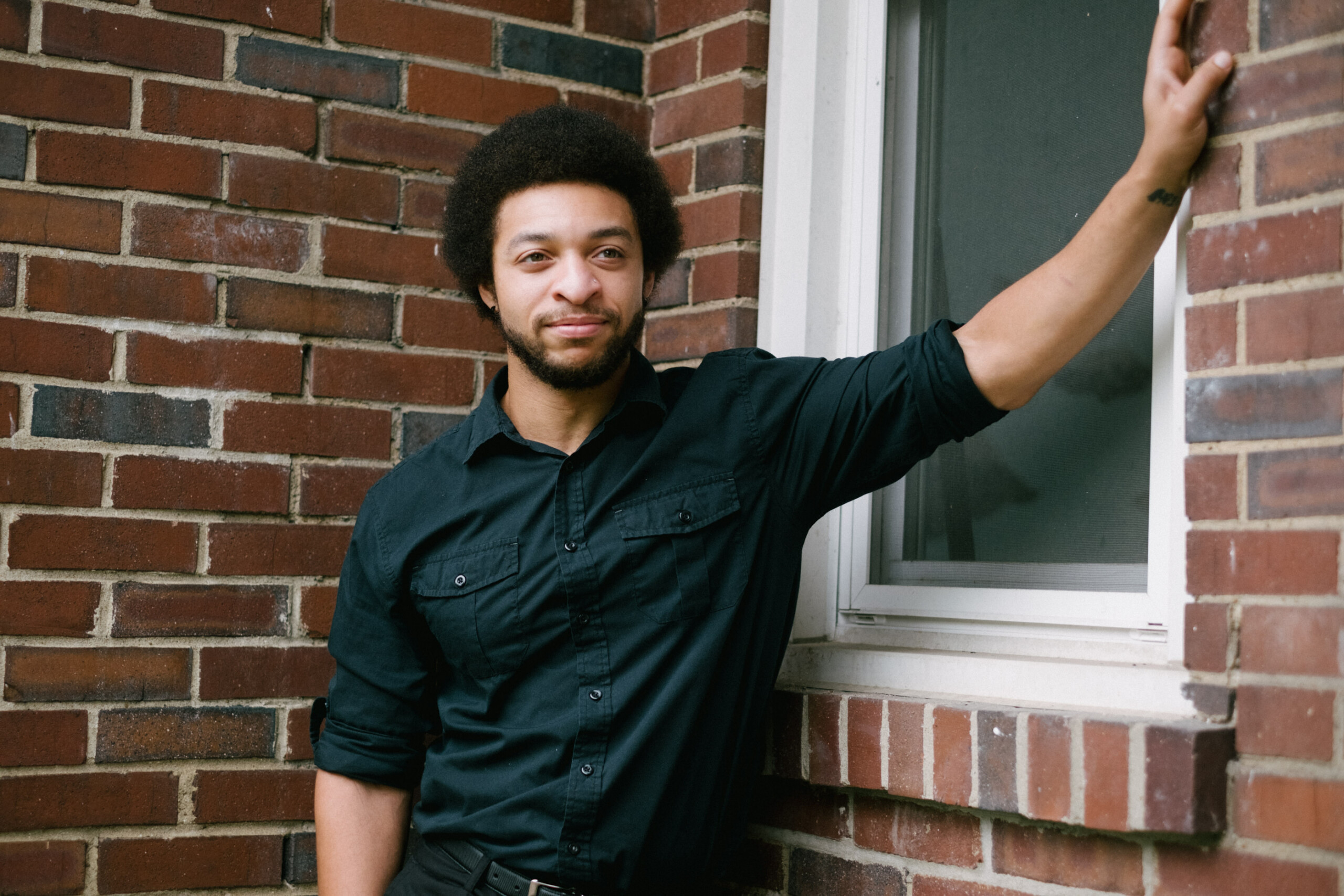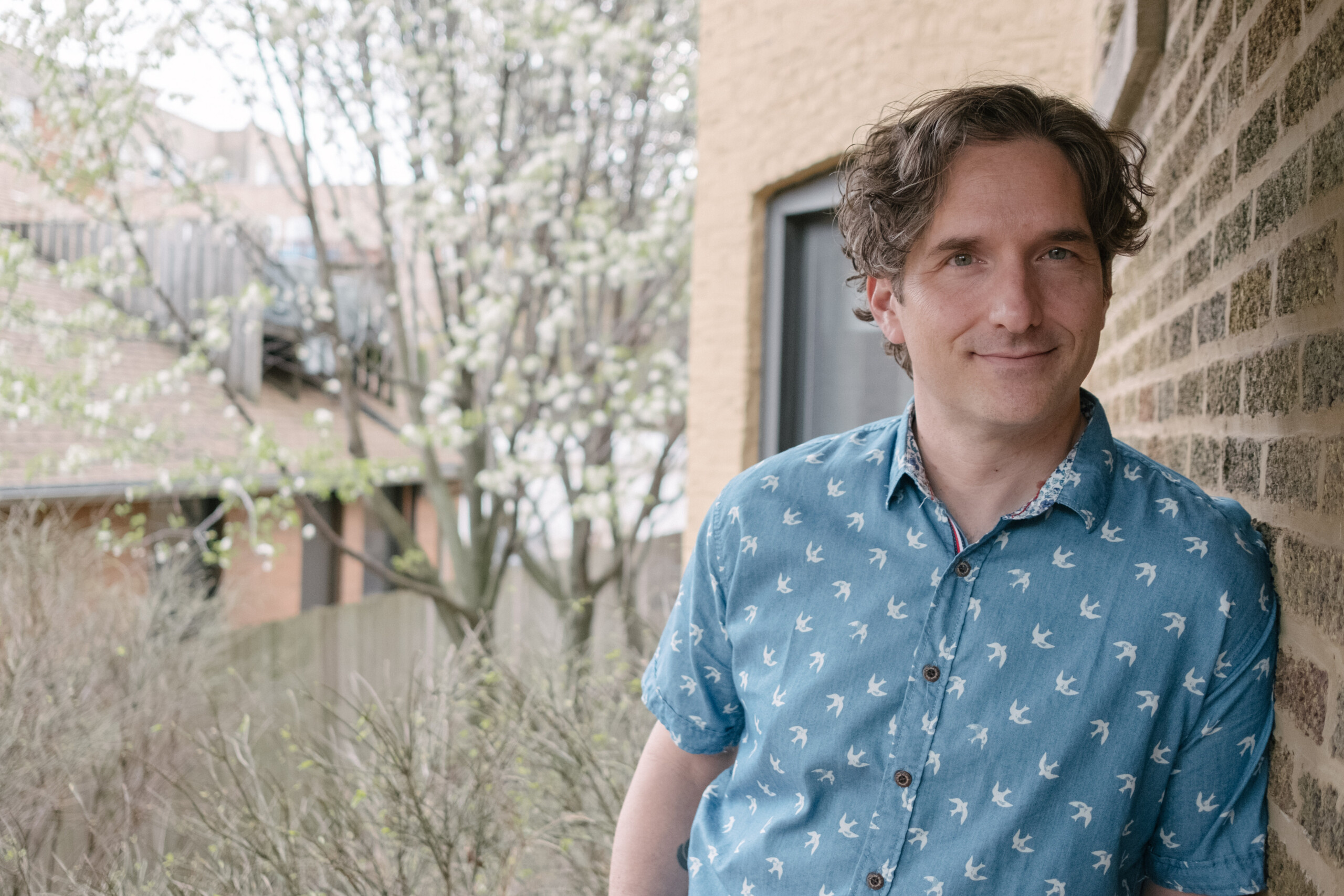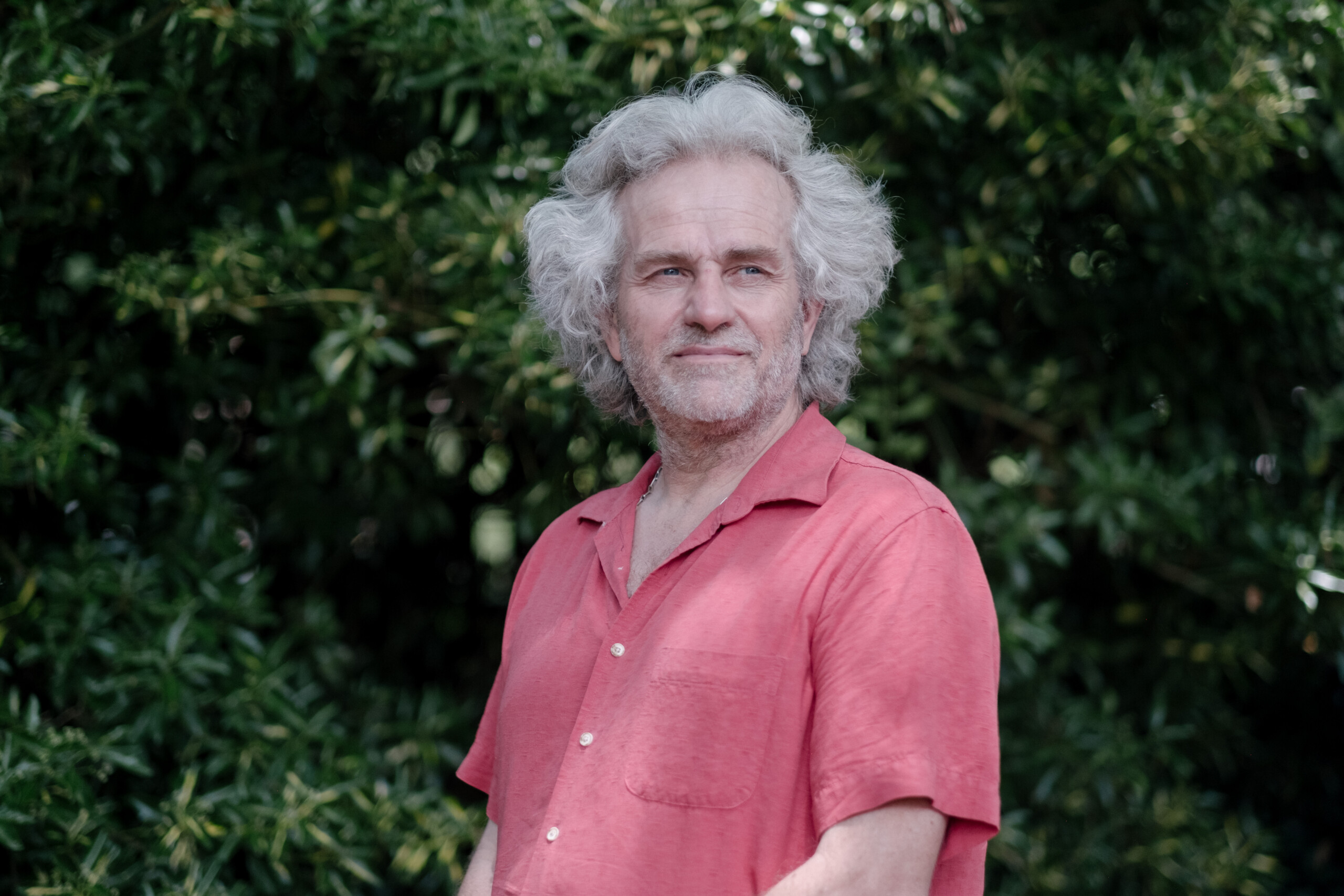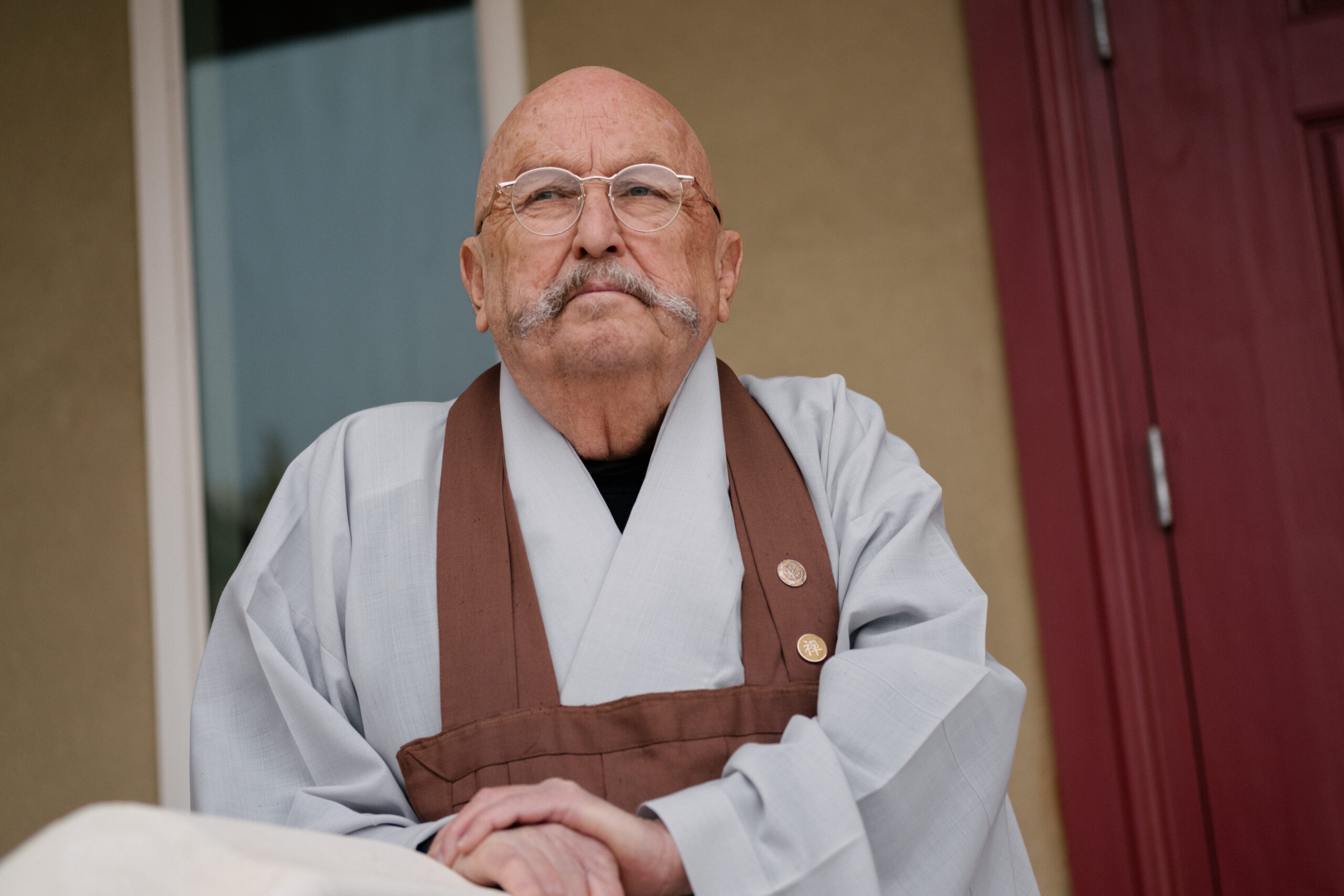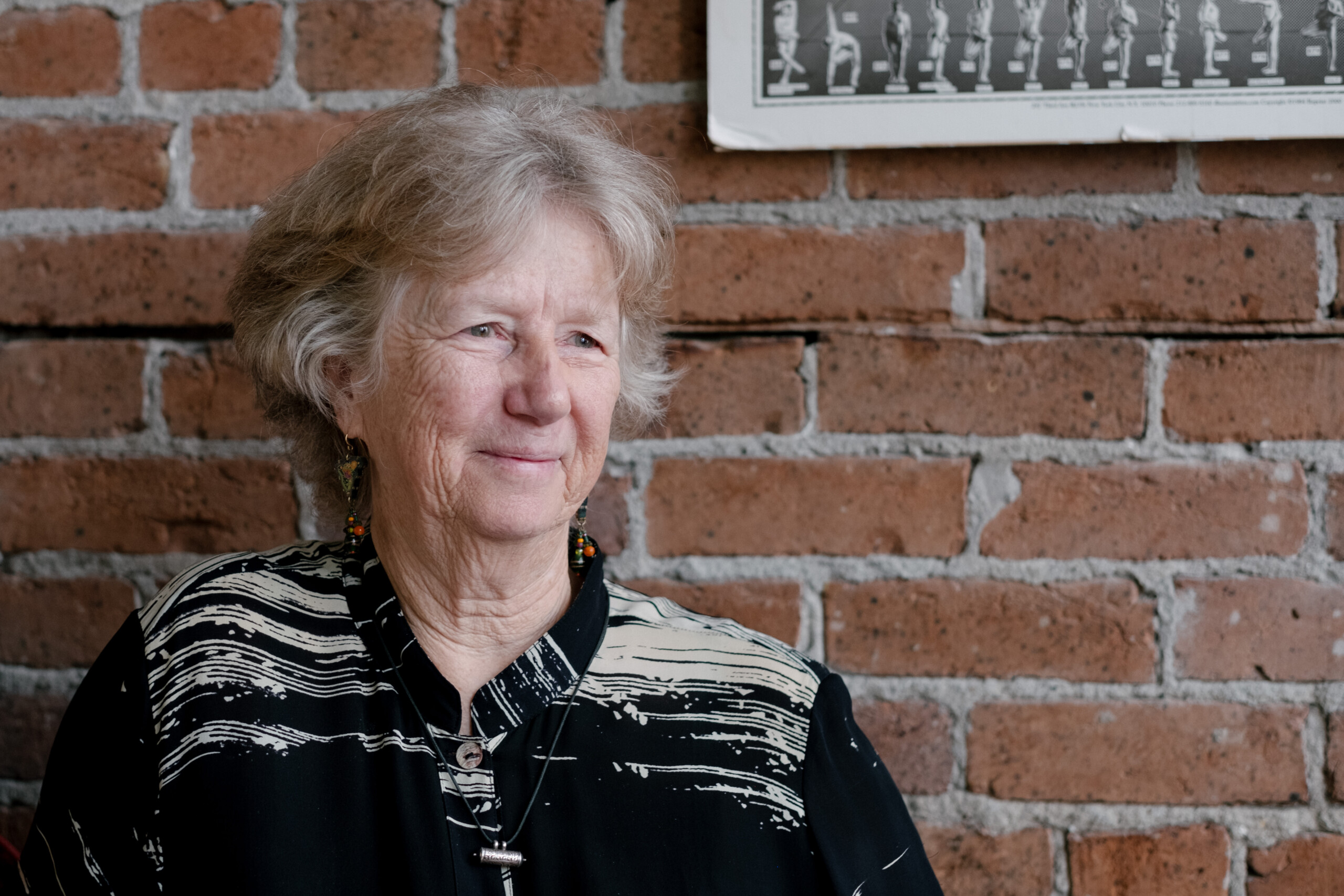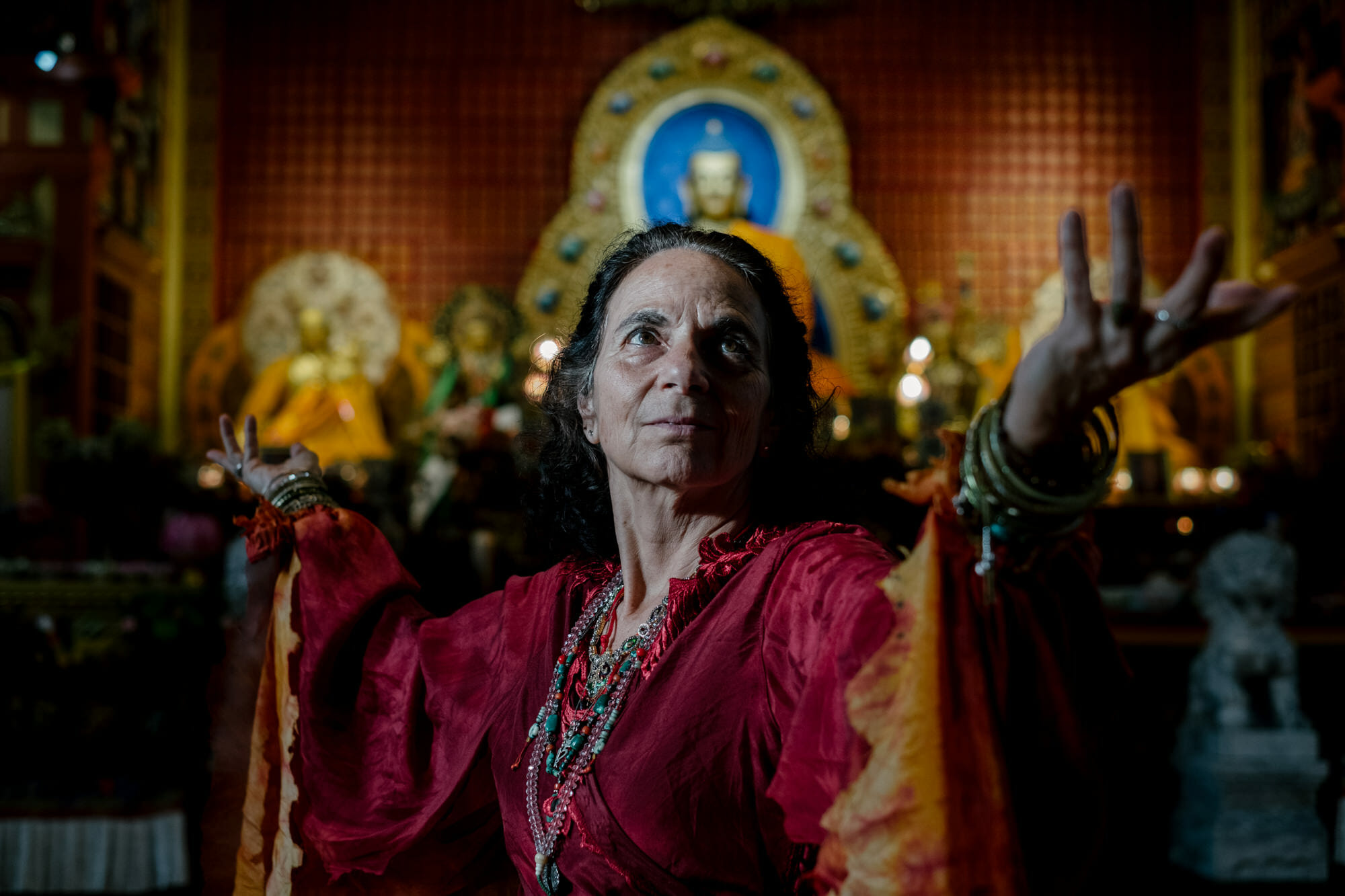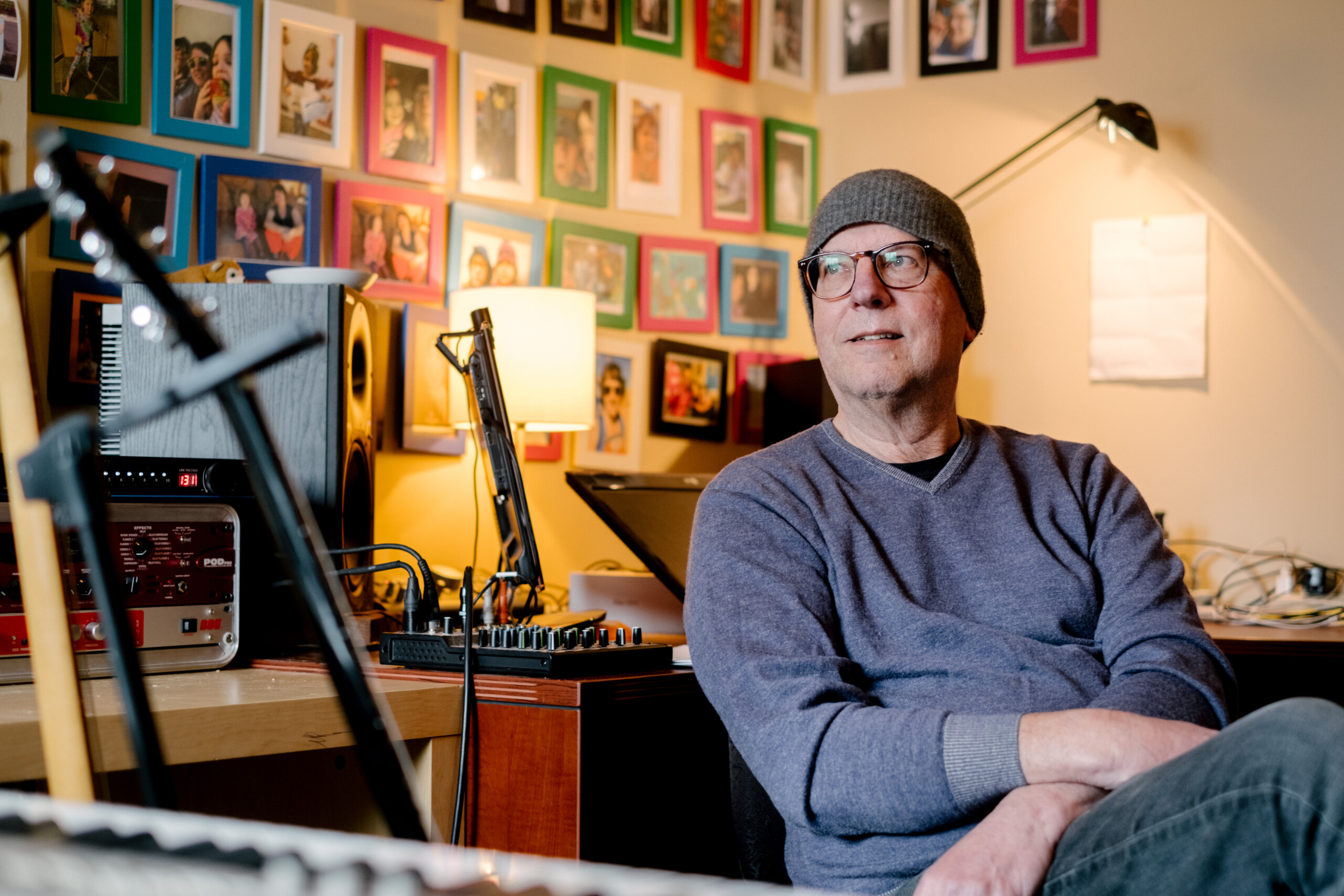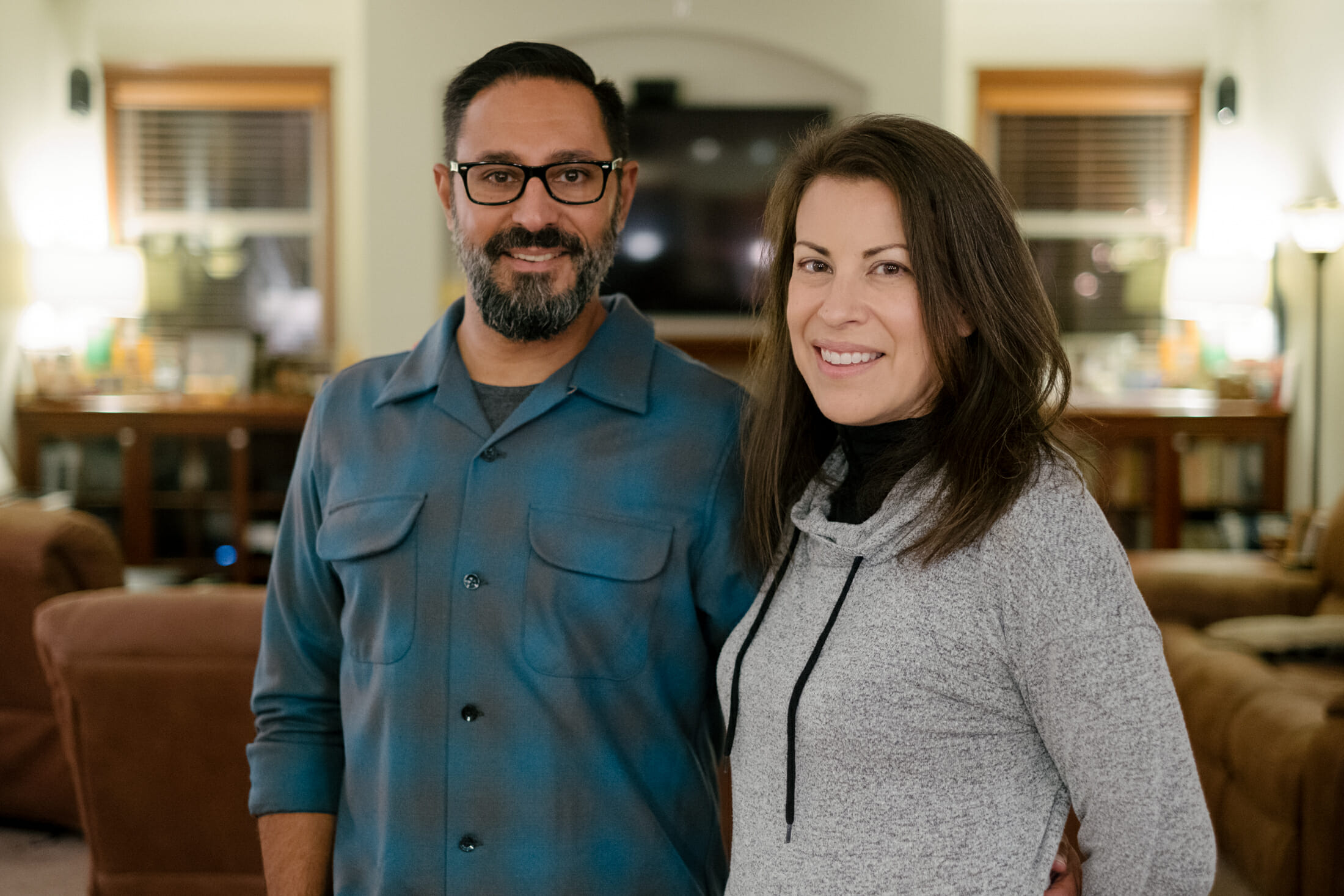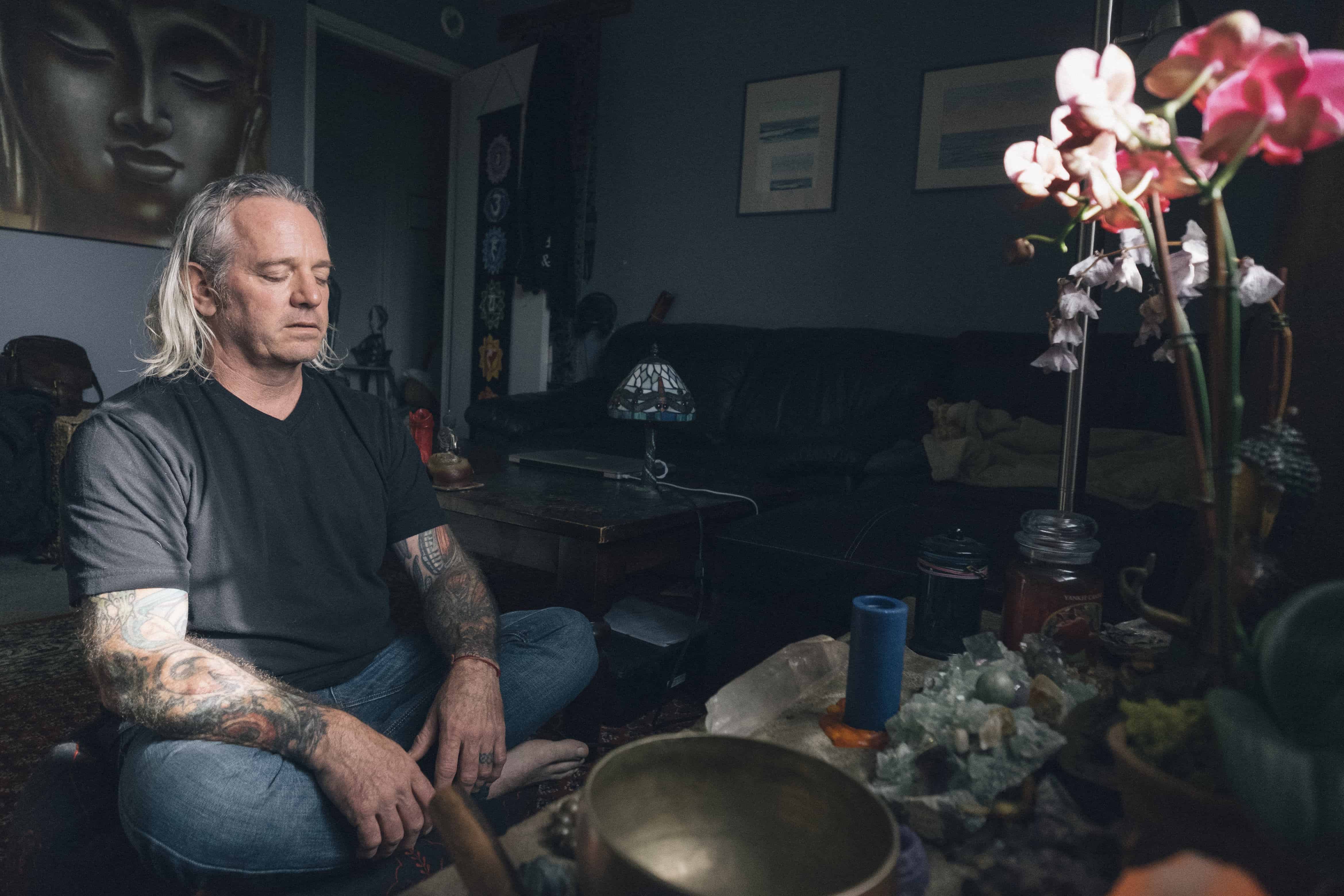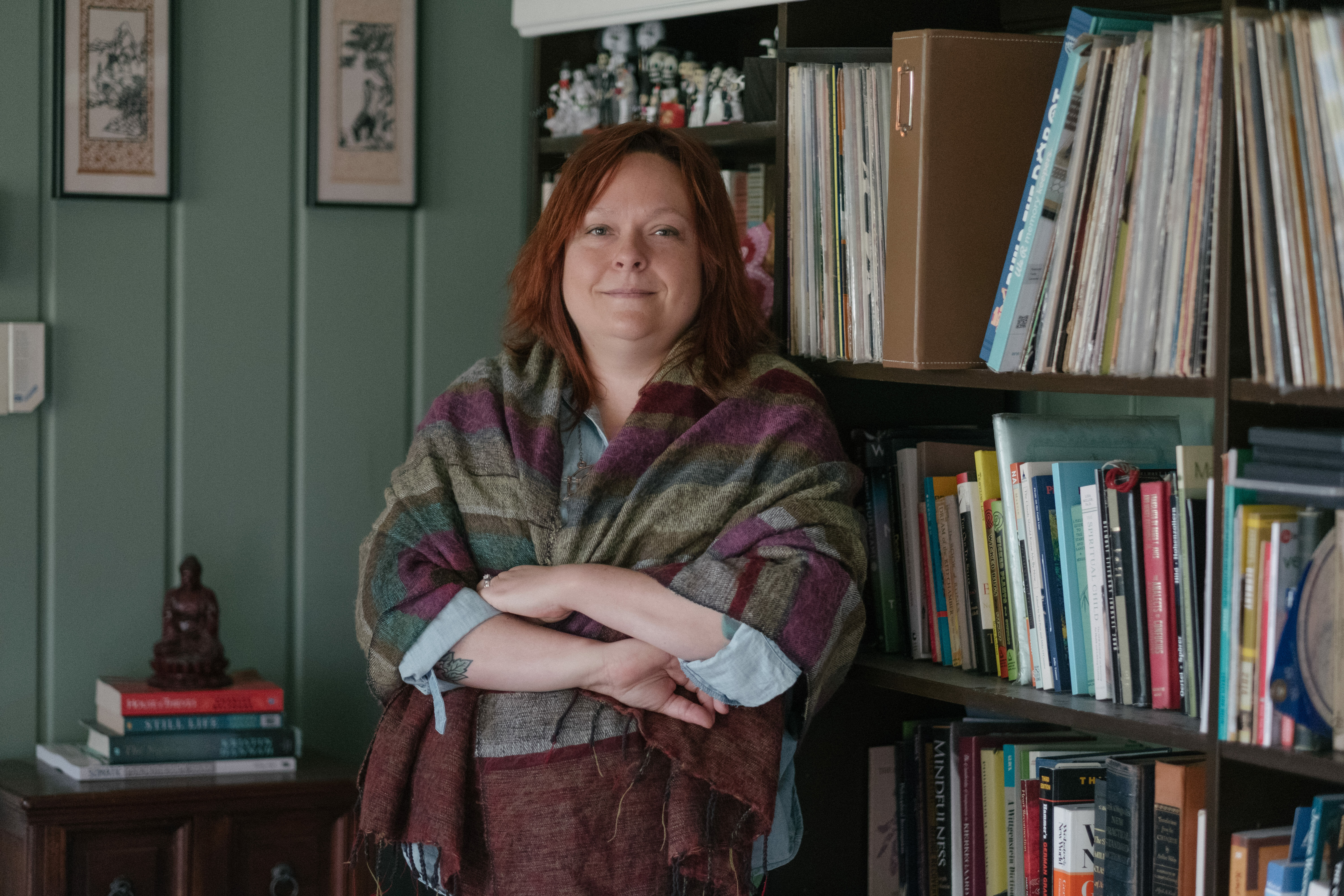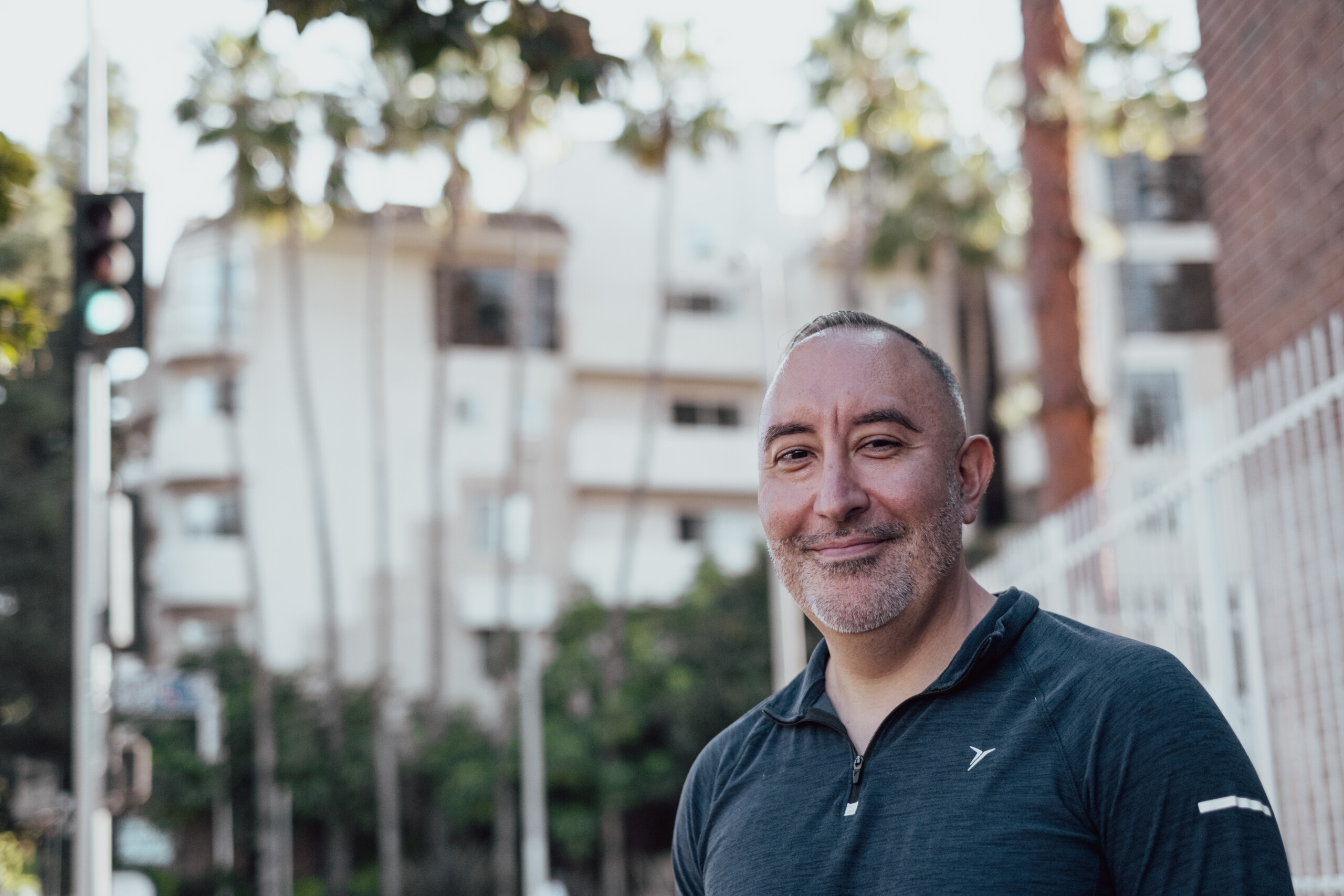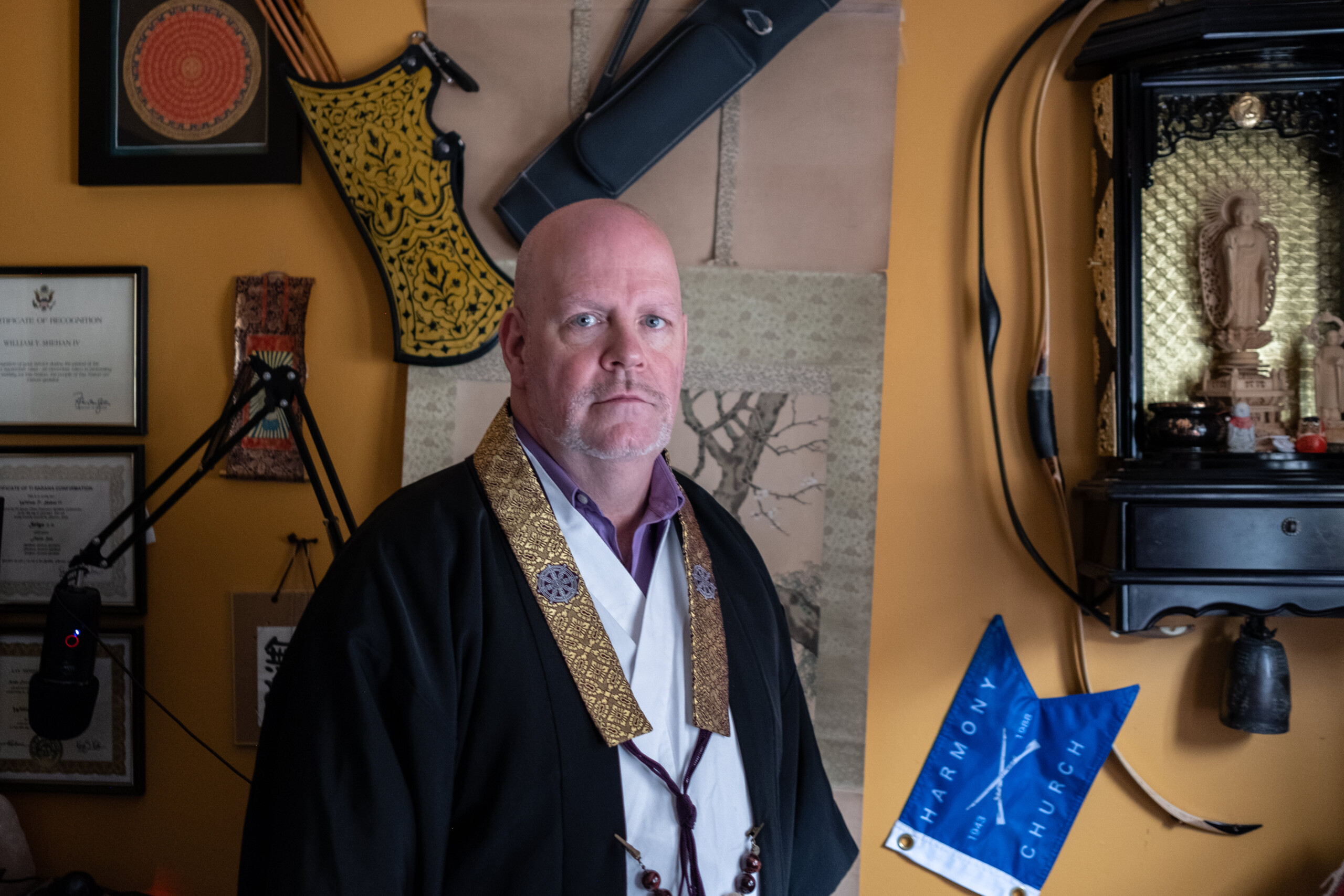Background
Bruce, a 70-year-old resident of Salt Lake City, originally from Seattle, reflects on a journey that spans decades and diverse experiences. Growing up in Seattle, Bruce had an early encounter with Buddhist practice at the age of 14 when he befriended a Japanese family in his neighborhood. His curiosity led him to explore Buddhist chants and practices, leaving a lasting impact on his spiritual journey.
In the 1960s, amidst societal changes and personal exploration, Bruce delved into a career as a professional musician, embracing the counterculture of the time. However, a shift occurred after 1969 when he decided to focus on his job in the paint industry, leading him to success in his professional life. Despite the external achievements, Bruce found himself questioning the deeper meaning of life and spirituality in the late ’80s.
His exploration led him to diverse spiritual texts, including works by Ken Wilber, Chögyam Trungpa, and the Tibetan Book of Living and Dying by Sogyal Rinpoche. Bruce’s interest in Buddhism deepened, leading him to join a Tibetan group and later a Zen Center in Salt Lake City, under the guidance of Genpo Roshi.
In 1996, Bruce made a significant decision to immerse himself in Zen practice by living in a monastery for what was initially planned as a year but extended to seven years. During this time, he compared Zen practices with his earlier Tibetan experiences, recognizing both parallels and differences.
After the events of 9/11, Bruce underwent a period of introspection, prompting him to make significant life changes. He sold his company, paid off debts, and lived in the Zen monastery for seven years. Following this intense period of practice, Bruce left the monastery in 2010, got married, and now resides in a more conventional family setting.
Despite the dissolution of the Zen Center due to controversies surrounding its leader, Genpo Roshi, Bruce and many others remained connected, forming smaller groups to continue their practice. Bruce emphasizes the importance of the sangha in supporting practitioners through setbacks and challenges.
Presently, Bruce lives in a non-monastic setting, navigating family life, work, and community involvement. He reflects on the evolving nature of his practice, emphasizing the integration of Zen teachings into everyday life. Bruce acknowledges the complexities of maintaining honesty with oneself and contributing positively to the world, emphasizing the practical application of Buddhist principles in real-life situations.
Appeal of Zen
Bruce discusses the infinite drama of Buddhism, emphasizing the personal journey each individual takes. Exploring spiritual leanings involves confronting preconceived notions and preferences. He mentions the openness of beginner’s mind, as described by Suzuki Roshi, where one is receptive to various teachings.
Comparing Zen and Tibetan practices, Bruce notes personal attractions beyond Dharma, such as a preference for Japanese aesthetics and the accessibility of Zen literature. Gempo Roshi, an American teacher from Long Beach, played a significant role in Bruce’s journey. Their mutual openness and honesty facilitated understanding, especially considering the challenges of translating Zen concepts into English.
Bruce reflects on the difficulty of grasping Zen lingo and concepts, appreciating how Gempo Roshi and other Western practitioners helped bridge these gaps. He shares the evolution of his understanding, from initially finding haiku and Zen imagery challenging to eventually appreciating their beauty and depth.
The journey becomes a process of becoming more familiar and comfortable with Zen, guided by Gempo Roshi and other Western teachers who emphasized bringing the teachings back to life. Bruce’s exploration led him to a personal connection with Zen, shaped by both literature and the guidance of those who helped him navigate its complexities.
Appeal of Zen
Bruce discusses the infinite drama of Buddhism, emphasizing the personal journey each individual takes. Exploring spiritual leanings involves confronting preconceived notions and preferences. He mentions the openness of beginner’s mind, as described by Suzuki Roshi, where one is receptive to various teachings.
Comparing Zen and Tibetan practices, Bruce notes personal attractions beyond Dharma, such as a preference for Japanese aesthetics and the accessibility of Zen literature. Gempo Roshi, an American teacher from Long Beach, played a significant role in Bruce’s journey. Their mutual openness and honesty facilitated understanding, especially considering the challenges of translating Zen concepts into English.
Bruce reflects on the difficulty of grasping Zen lingo and concepts, appreciating how Gempo Roshi and other Western practitioners helped bridge these gaps. He shares the evolution of his understanding, from initially finding haiku and Zen imagery challenging to eventually appreciating their beauty and depth.
The journey becomes a process of becoming more familiar and comfortable with Zen, guided by Gempo Roshi and other Western teachers who emphasized bringing the teachings back to life. Bruce’s exploration led him to a personal connection with Zen, shaped by both literature and the guidance of those who helped him navigate its complexities.
Big Mind
Bruce discusses a controversial technique introduced by Governor Bush that involves speaking from various aspects of the self, inspired by the Voice Dialog technique developed by psychotherapists Hal and Sidra Stone. The goal is to understand and integrate different facets of one’s personality, addressing issues and traumas. This method, introduced by Genpo Roshi in the mid to late nineties, involves individuals or groups speaking from various voices, both egoic and non-dual.
Rather than focusing on traditional teachings like impermanence or interdependence, Genpo Roshi emphasizes the study of self as a fundamental part of Zen training. The practice involves speaking from different voices, such as the controller, protector, skeptic, or fixer, to gain insights into these aspects. The technique can be performed individually or in groups, fostering self-awareness and understanding.
A significant innovation by Gempo Roshi is the inclusion of non-dual voices, allowing individuals to experience a breakthrough or awakening. While some may criticize this method as a trick, others find it to be a valid and effective means of reaching a state of non-seeking, non-grasping, and non-reaching mind. Despite pushback, Gempo Roshi uses this approach as a skillful means to provide practitioners with a glimpse into the absolute space.
The technique encourages practitioners to drop the self temporarily and experience a moment of clarity, often perceived as simple yet real. While some may find it anticlimactic, Gempo Roshi believes that with time and practice, individuals can mature this experience, integrating it with other practices. Although more experienced practitioners might resist, new individuals may benefit from this method as they explore various voices and perspectives, fostering flexibility and self-awareness in their Zen journey.
Big Mind
Bruce discusses a controversial technique introduced by Governor Bush that involves speaking from various aspects of the self, inspired by the Voice Dialog technique developed by psychotherapists Hal and Sidra Stone. The goal is to understand and integrate different facets of one’s personality, addressing issues and traumas. This method, introduced by Genpo Roshi in the mid to late nineties, involves individuals or groups speaking from various voices, both egoic and non-dual.
Rather than focusing on traditional teachings like impermanence or interdependence, Genpo Roshi emphasizes the study of self as a fundamental part of Zen training. The practice involves speaking from different voices, such as the controller, protector, skeptic, or fixer, to gain insights into these aspects. The technique can be performed individually or in groups, fostering self-awareness and understanding.
A significant innovation by Gempo Roshi is the inclusion of non-dual voices, allowing individuals to experience a breakthrough or awakening. While some may criticize this method as a trick, others find it to be a valid and effective means of reaching a state of non-seeking, non-grasping, and non-reaching mind. Despite pushback, Gempo Roshi uses this approach as a skillful means to provide practitioners with a glimpse into the absolute space.
The technique encourages practitioners to drop the self temporarily and experience a moment of clarity, often perceived as simple yet real. While some may find it anticlimactic, Gempo Roshi believes that with time and practice, individuals can mature this experience, integrating it with other practices. Although more experienced practitioners might resist, new individuals may benefit from this method as they explore various voices and perspectives, fostering flexibility and self-awareness in their Zen journey.
Fruit of Practice
Bruce reflects on the transformative impact of his Buddhist practice, highlighting a shift from victimhood to self-awareness. He attributes this change not only to aging but also to the profound insights gained through his personal Buddhist practice, which encompasses emptiness, cause and effect, and interdependence.
This practice has led Bruce to view his self as a skillful means, a tool to navigate life more consciously. He emphasizes the freedom and responsibility that come with recognizing this self-control. Bruce acknowledges the gradual nature of his realization, citing moments where he has learned to “flex and flow” in response to various life situations.
He shares how his practice has instilled a sense of equanimity, allowing him to respond to challenges, such as his daughter’s emotional moments, with calmness and understanding. Bruce sees the practice as a continual exploration of the self and the world, fostering compassion and a realization of the interconnectedness of all beings.
Despite uncertainties about concepts like reincarnation, Bruce expresses a deep compassion for others and a desire to help them awaken to the profound possibilities of life. His journey is characterized by an evolving understanding of freedom, responsibility, and the interconnected nature of existence.
Worldview
Reflecting on his life, Bruce expresses a lack of regrets, recognizing that every experience, both positive and negative, has shaped his journey. His Zen practice has cultivated a forward-thinking and present mindset, allowing him to approach life with hope and optimism.
Acknowledging the inevitability of challenges, Bruce emphasizes the importance of making the best out of both favorable and unfavorable situations. His karmic reach may be limited, but he actively contributes to positive change by recycling and caring for his immediate environment. Blending Tibetan and Zen practices, he incorporates techniques like Tonglen meditation to extend compassion to the broader world.
At 70, Bruce anticipates the years ahead with gratitude, appreciating the gradual shedding of bad habits and a natural disinterest in things that no longer serve him. He encourages authenticity, perseverance, and the continual exploration of various techniques, from meditation to engaging in meaningful conversations.
Bruce remains engaged with global issues, staying informed about politics and current affairs. He believes that fostering a compassionate perspective and understanding one’s karmic reach are crucial for addressing world problems. In his view, collective efforts, rather than relying on individuals or specific entities, hold the key to a better future for everyone.
Koan Practice
In the realm of Zen Buddhism, Bruce delves into the intricate world of koan practice, emphasizing its role in guiding practitioners toward enlightenment. Koans, derived from centuries of interactions between students and masters, serve as finger-pointing tools, directing attention toward the moon of enlightenment.
Exploring the transformative journey of koan practice, Bruce unveils the pressure and refining process inherent in facing these perplexing questions. He narrates the daunting experience of answering a koan before the teacher, a test of concentration, humility, and the ability to transcend conceptual thought. Through anecdotes and teachings, he highlights the significance of humility in Zen practice, emphasizing that the ego’s attempt to solidify the ever-changing world is futile.
Moreover, Bruce touches on the dual nature of meditation—opening and focusing—each crucial for developing equanimity. He unravels the multifaceted role of koans, not only as tools for personal awakening but also as instruments for learning how to teach. The later, more complex koans serve to enhance teaching methods and deepen the understanding of skillful means.
As Bruce reflects on the koan involving Josue and flax pounds, he underscores the teachings about the interconnectedness of all things. Through these symbolic interactions, he encourages practitioners to recognize the absence of separation, guiding them toward the absolute truth where distinctions dissolve. Concluding with a nod to the oak tree koan, Bruce intertwines his experiences with broader lessons, reinforcing the profound essence of Zen practice and the ongoing pursuit of enlightenment.
Monastic Life
In 2003, Bruce embarked on a transformative journey, leaving behind his former life and immersing himself in a Zen Buddhist monastery. As a new and lay person, he embraced the tight schedule of monastic life, participating in meditation, meals, and daily chores. Initially seeking to fit in, Bruce gradually assumed more responsibilities, including learning ceremonial forms.
During his first years, Bruce faced physical challenges due to knee pain from years of playing basketball. TennCare Roshi, a key figure in the community, offered guidance, suggesting Bruce sit in a chair during meditation. Although initially self-conscious, Bruce found this adjustment profoundly beneficial, leading to a breakthrough in his practice.
As Bruce deepened his involvement, he explored koan study and requested to receive Jukai, akin to taking refuge. This commitment involved a ceremony where Bruce received a Rakusu, symbolizing the Buddhist robe. Despite initial ego boosts from this hierarchy, Bruce internalized the teaching to “swallow the whole fish and spit out the bones later.”
In 2005, Bruce transitioned into a monastic role and assumed administrative responsibilities. Collaborating with Darling Roshi, he contributed to database management and other tasks. This period marked a significant shift as Bruce encountered the less formal aspects of the Roshi’s personality, exposing the complexities of interpersonal dynamics within the monastic setting.
Despite the administrative role taking him away from the zendo, Bruce’s practice reached new depths as he navigated the intricate web of relationships, competitiveness, and territorial dynamics within the community. A profound lesson came when Gephardt Roshi entrusted him with administrative duties, emphasizing trust in Bruce’s authentic self.
Balancing administrative responsibilities with spiritual practice and addressing day-to-day challenges, Bruce experienced a maturation process. However, recognizing the need to step aside, he gracefully transitioned out of the administrative role, understanding the importance of nurturing succession and allowing the next generation to carry on the Dharma.
Bruce reflects on his time in the monastery, acknowledging the ups and downs, the ego traps, and the invaluable lessons learned in both formal practice and the complexities of human interactions. Cherishing his transformative journey, Bruce expresses gratitude for the maturation and the positive impact the monastery has had on his life.
Sharing the Dharma
Bruce embarked on a transformative journey when he joined the Zen community in 2003, leaving behind his previous life to immerse himself fully. Initially navigating the monastic routine, he found solace in the structured schedule and devotedly followed the teachings. Genpo Roshi played a pivotal role in Bruce’s early years, offering guidance and even sharing a moment over a glass of whiskey, breaking the perceived rigidity of the practice.
Bruce faced physical challenges due to his knees, but Genpo Roshi’s adaptability allowed him to meditate in a chair, leading to a significant breakthrough. As years passed, Bruce delved deeper into Zen, eventually taking refuge and receiving Dukkha, highlighting his dedication and progression within the community.
His narrative unfolds with a shift toward administrative responsibilities, demonstrating the complexity of balancing spiritual practice with the practicalities of running a Zen center. This period challenged Bruce’s initial idealizations of monastic life, revealing the human dynamics, competition, and territoriality within the community. Despite the hurdles, it became a valuable phase of maturation for him.
Bruce continued evolving as he stepped into the role of administrative monk, working closely with the Zen teacher. This brought a new perspective, breaking the illusion of a perfect Zen environment. The experience broadened his understanding, allowing him to see the flaws in himself and others, ultimately making his Zen practice more authentic.
Over time, Bruce recognized the importance of succession in Zen lineages. The emphasis on finding successors became a prime directive for teachers. He highlighted the story of Jimmy Roshi, who took charge of the Zen community in Los Angeles, adapting to a diverse group of practitioners. Bruce reflected on the changing dynamics within the community, especially the shift initiated by his teacher, embracing a more inclusive and accessible approach to Zen.
Bruce’s narrative touches on the evolution of Zen practice, moving beyond rigid forms to accommodate a diverse and expanding community. He vividly describes the transformation from a traditional monastic setting to a more accessible, community-oriented approach, all while preserving the essence of Zen teachings. The story reveals Bruce’s commitment to passing on the teachings, whether through formal Zen practice or informal gatherings, embodying the spirit of Zen in a contemporary context.
Role of Teacher
Bruce reflects on the initial challenges of entering Zen practice, emphasizing the plethora of preconceived notions individuals bring with them. He delves into the lifelong process of maturing within the practice, drawing parallels between various stages of development, from being a novice to a sensei and ultimately a roshi. TennCare Roshi’s analogy of continuous rebirth and death underscores the cyclical nature of personal growth within Zen.
Bruce acknowledges the difficulty in dismantling deeply rooted patterns and conditioned strategies, advocating for a compassionate approach toward oneself and others. The absolute perspective, he explains, allows practitioners to transcend personal constructs and perceive the interconnectedness of all beings. This, in turn, forms the basis for genuine compassion, a crucial aspect of Zen practice.
The relationship with a Zen teacher becomes a cornerstone in one’s journey. Bruce demystifies the idealized image of a teacher, portraying them as fallible humans with flaws, conditioning, and strategies. Despite disagreements and clashes, the depth of the teacher-student bond remains essential for mutual understanding and growth.
The narrative touches on the inevitability of making mistakes in the worldly realm, emphasizing forgiveness and the willingness to move forward. Bruce introduces the concept of the five ranks, suggesting that only teachers who have traversed these stages might approach a semblance of perfection, acknowledging the inherent imperfections in most teachers.
Finally, he contemplates historical disruptions, drawing parallels between the fragmentation of the Zen Center and the Chinese invasion of Tibet. Despite the upheavals, Bruce suggests that such events can lead to the scattering of fragments that grow into new and diverse manifestations of the practice, highlighting the resilience and adaptability inherent in Zen Buddhism.





